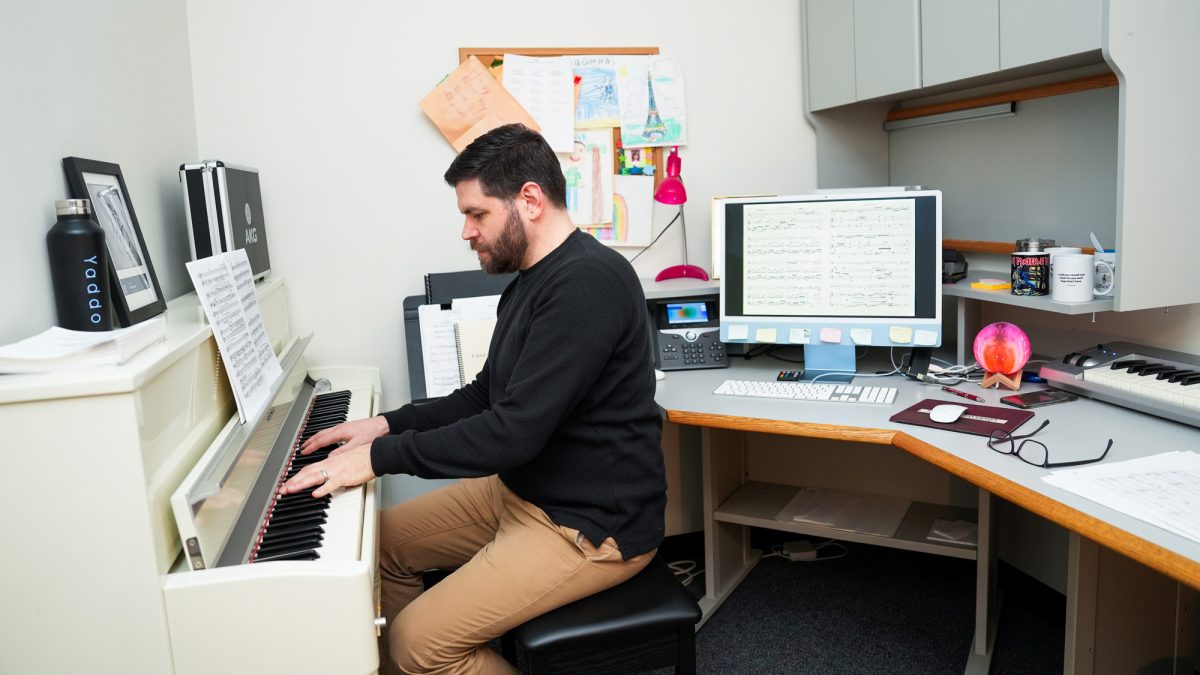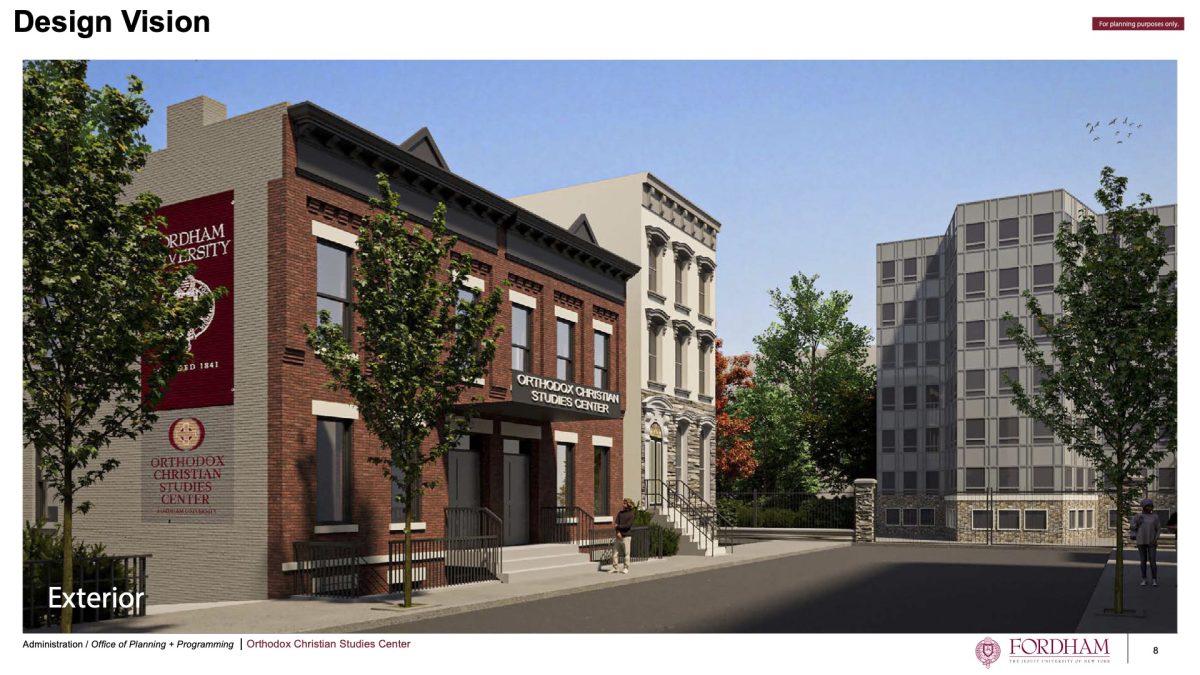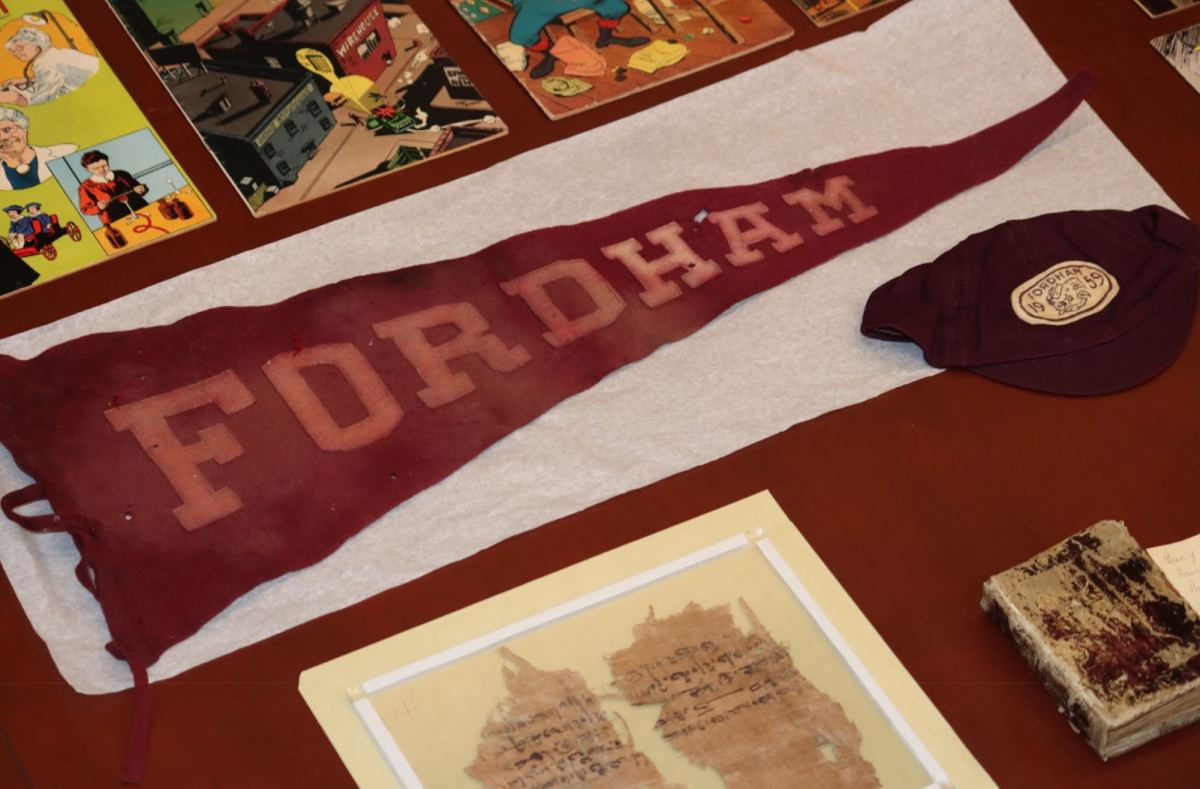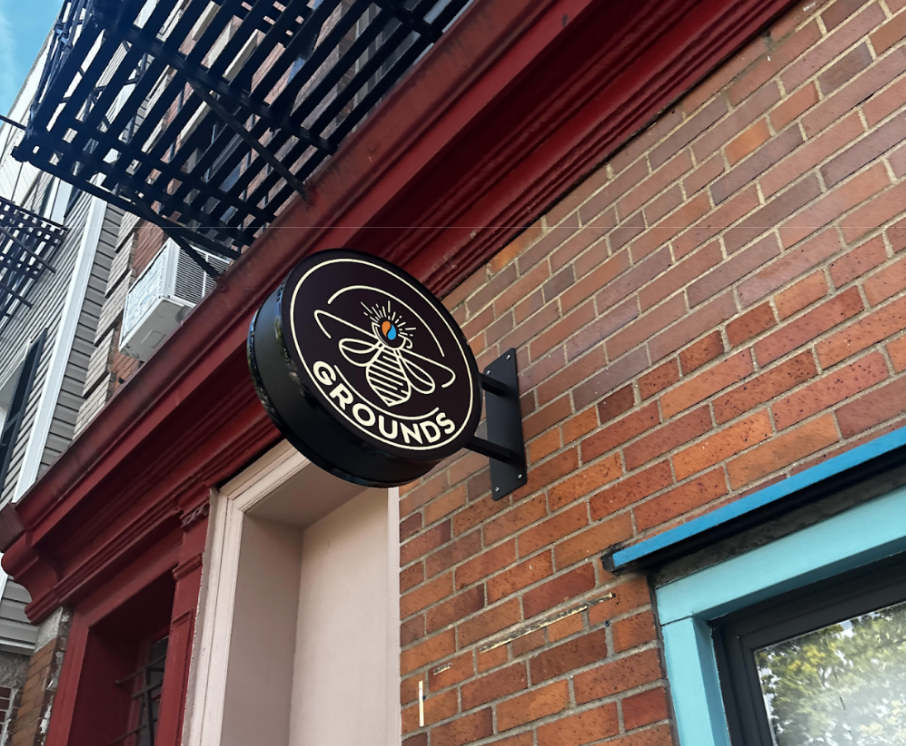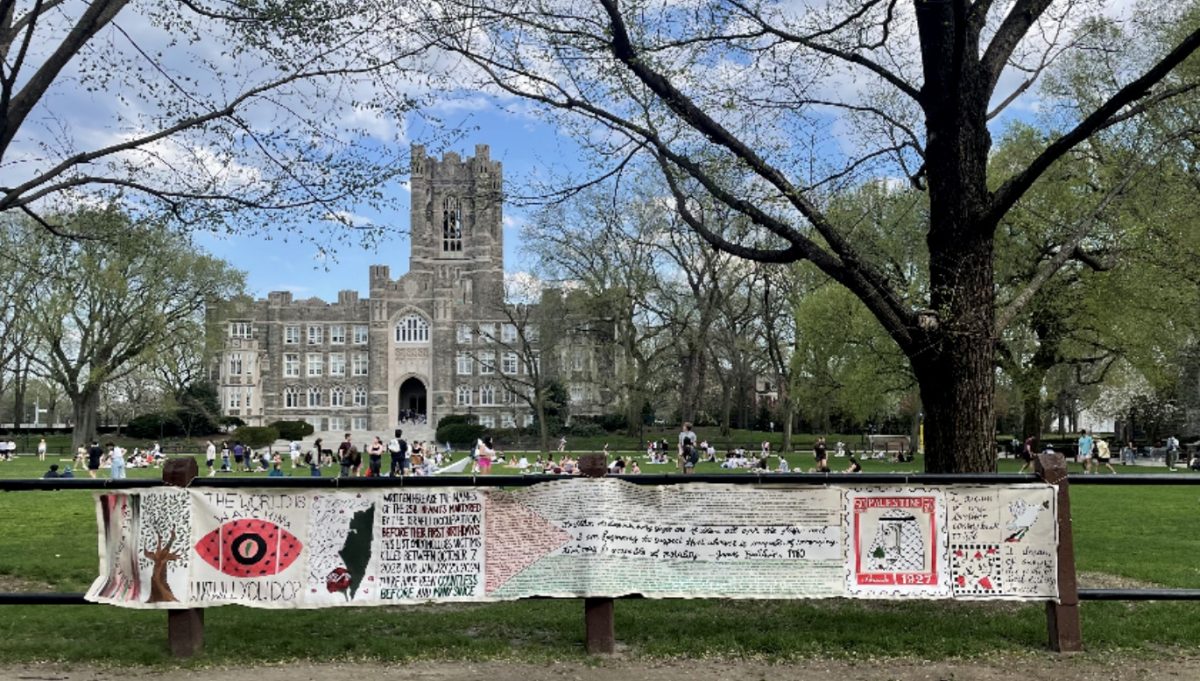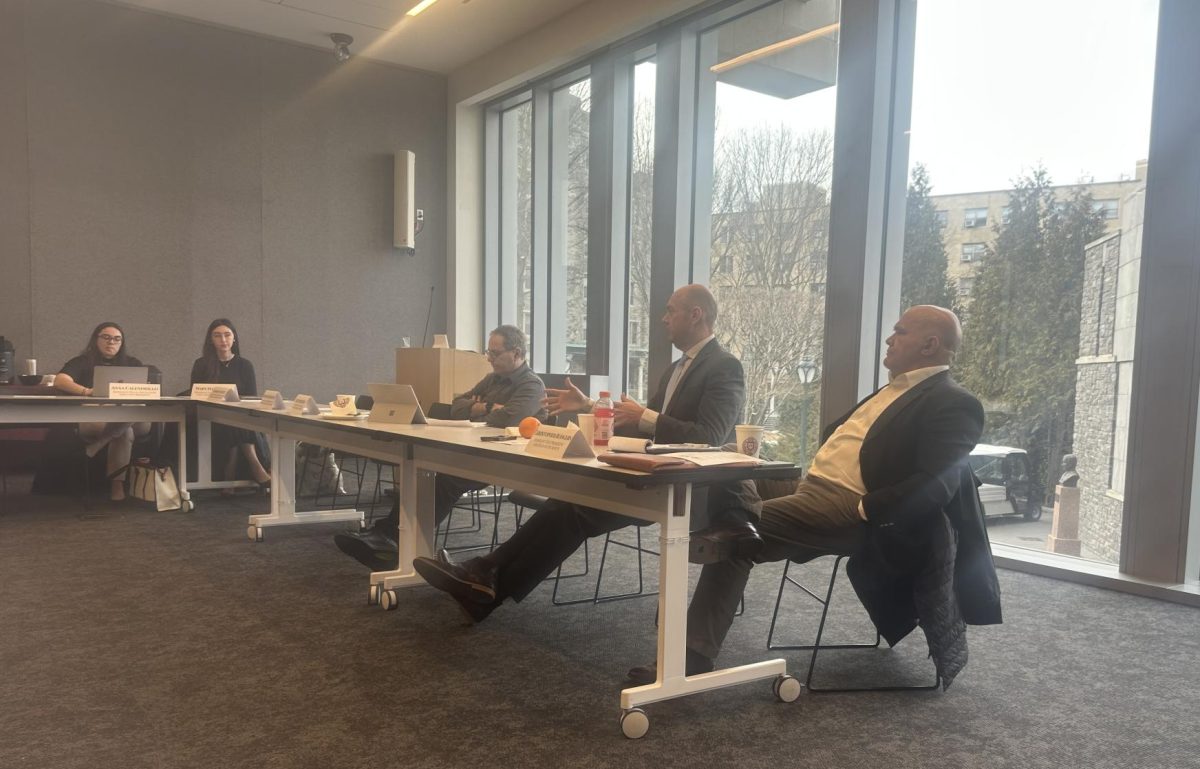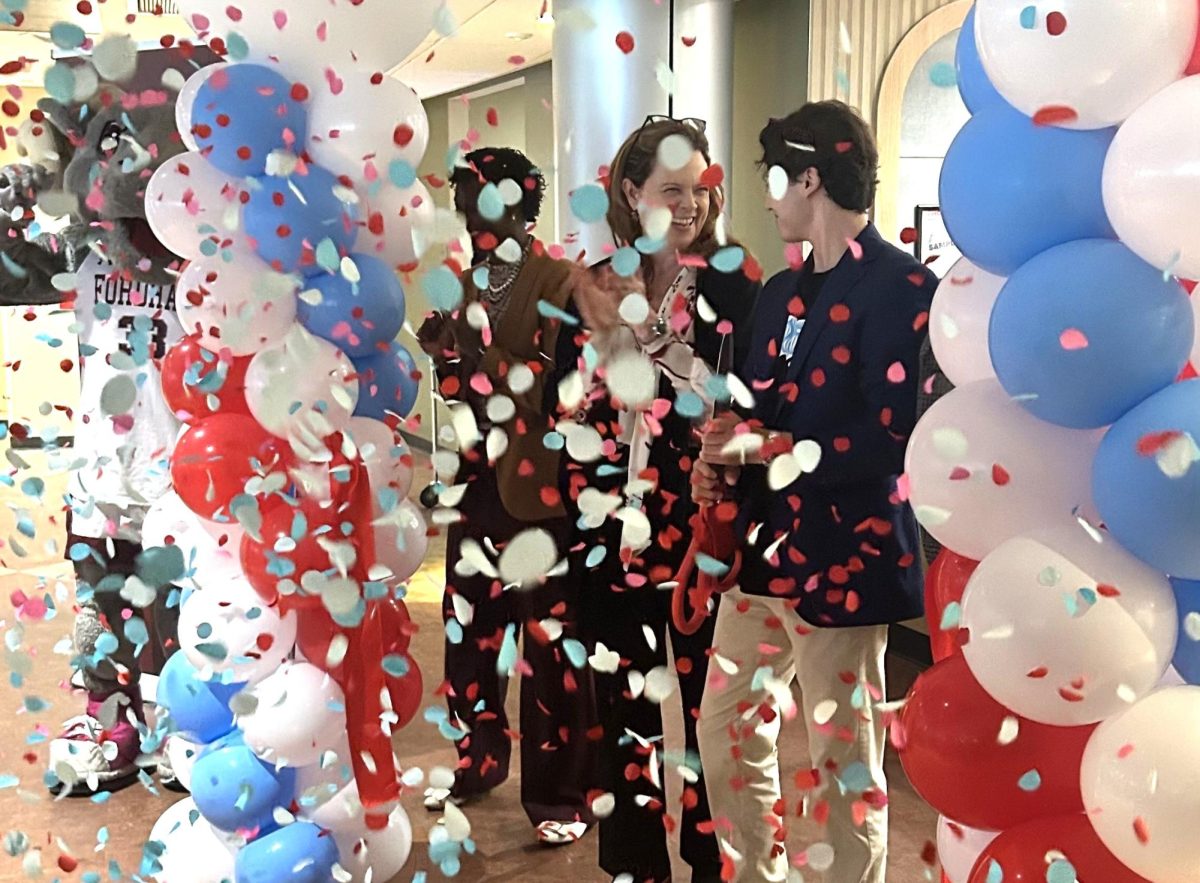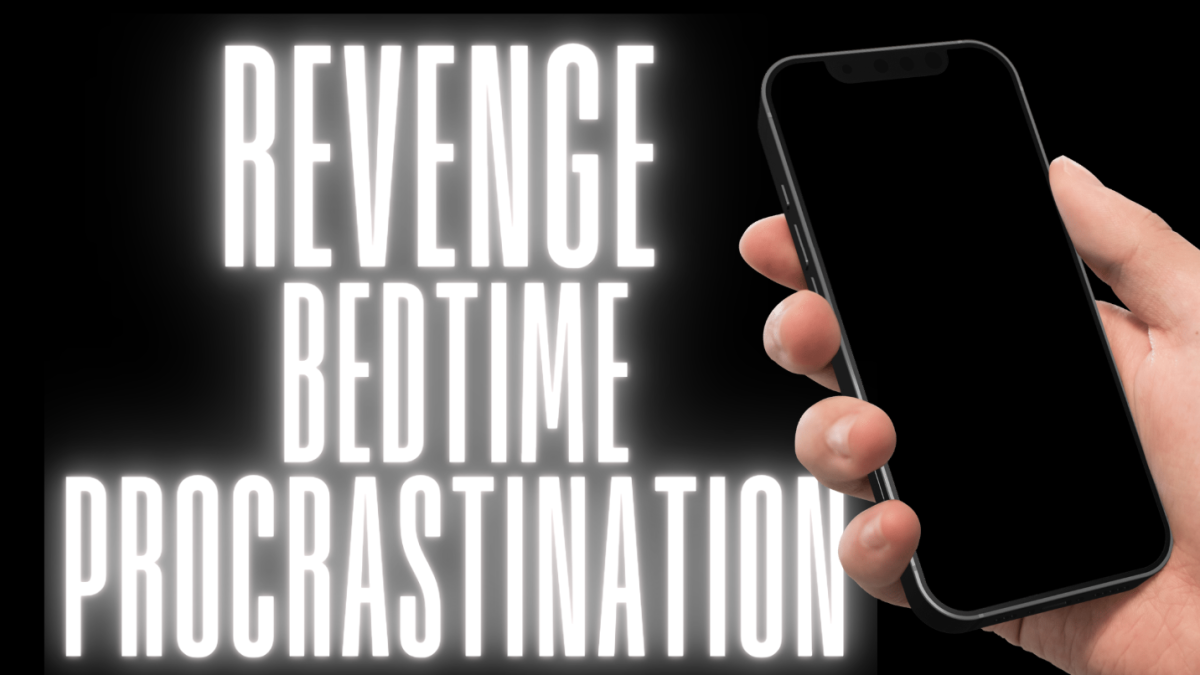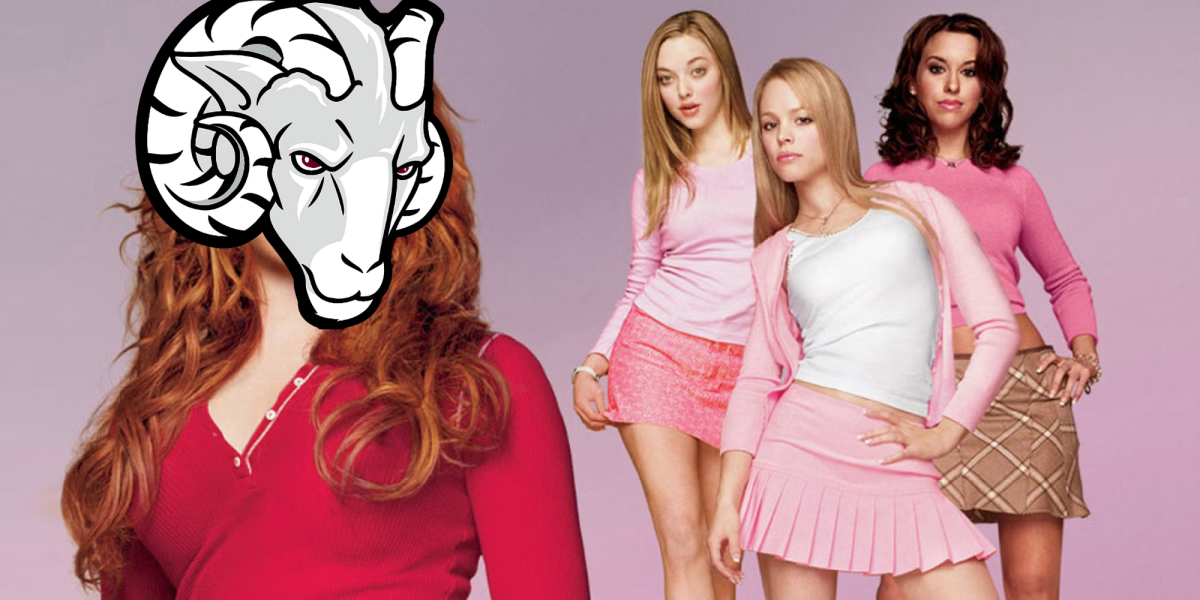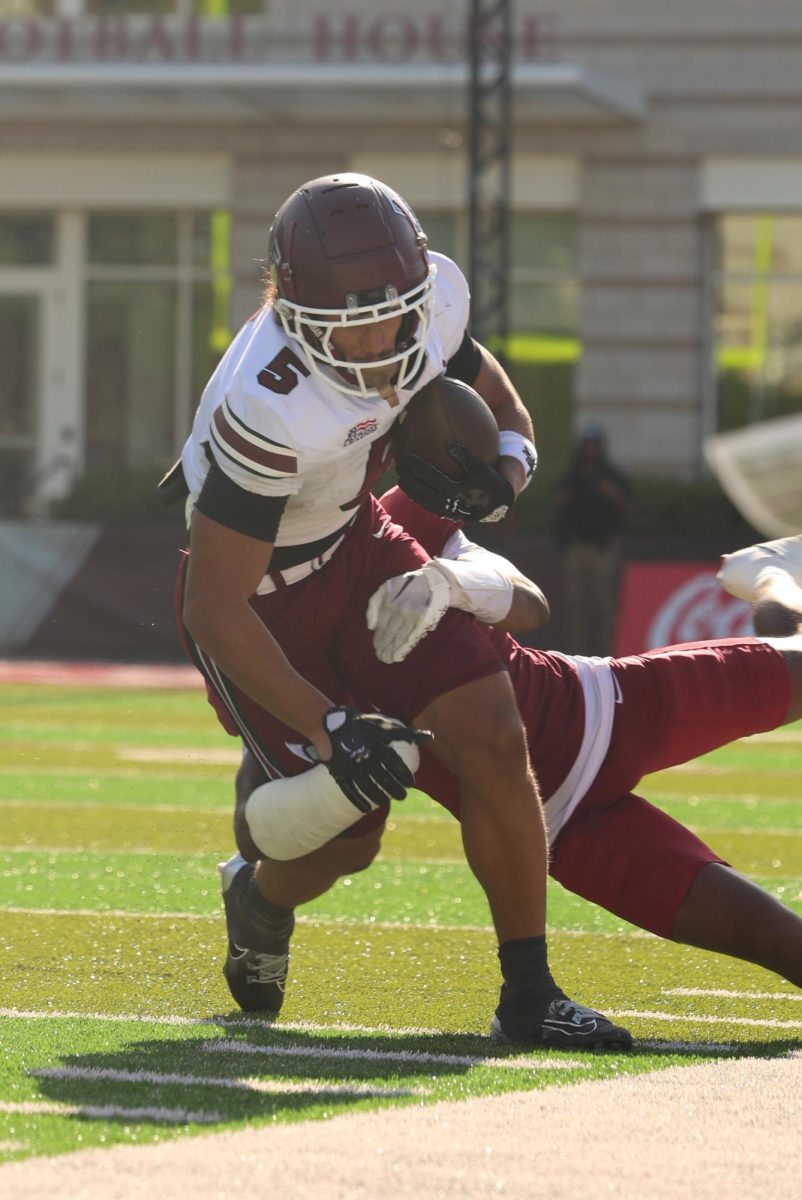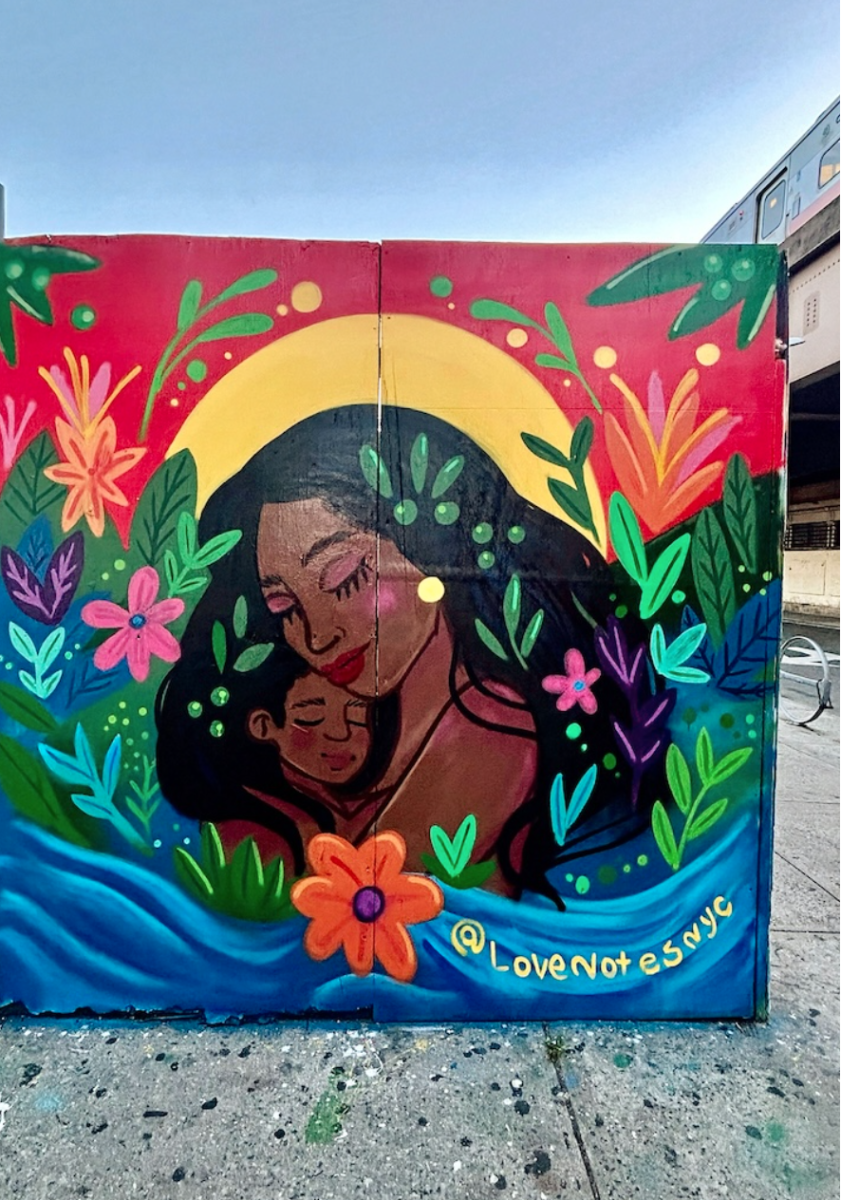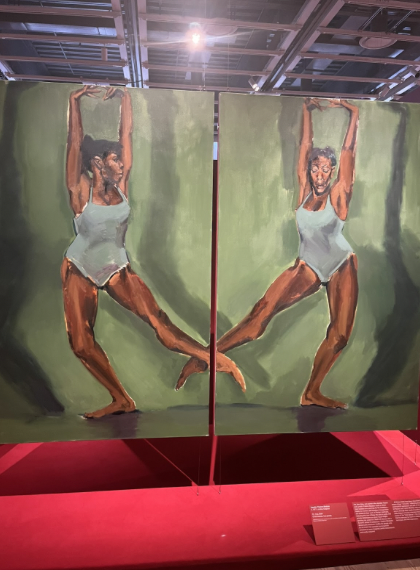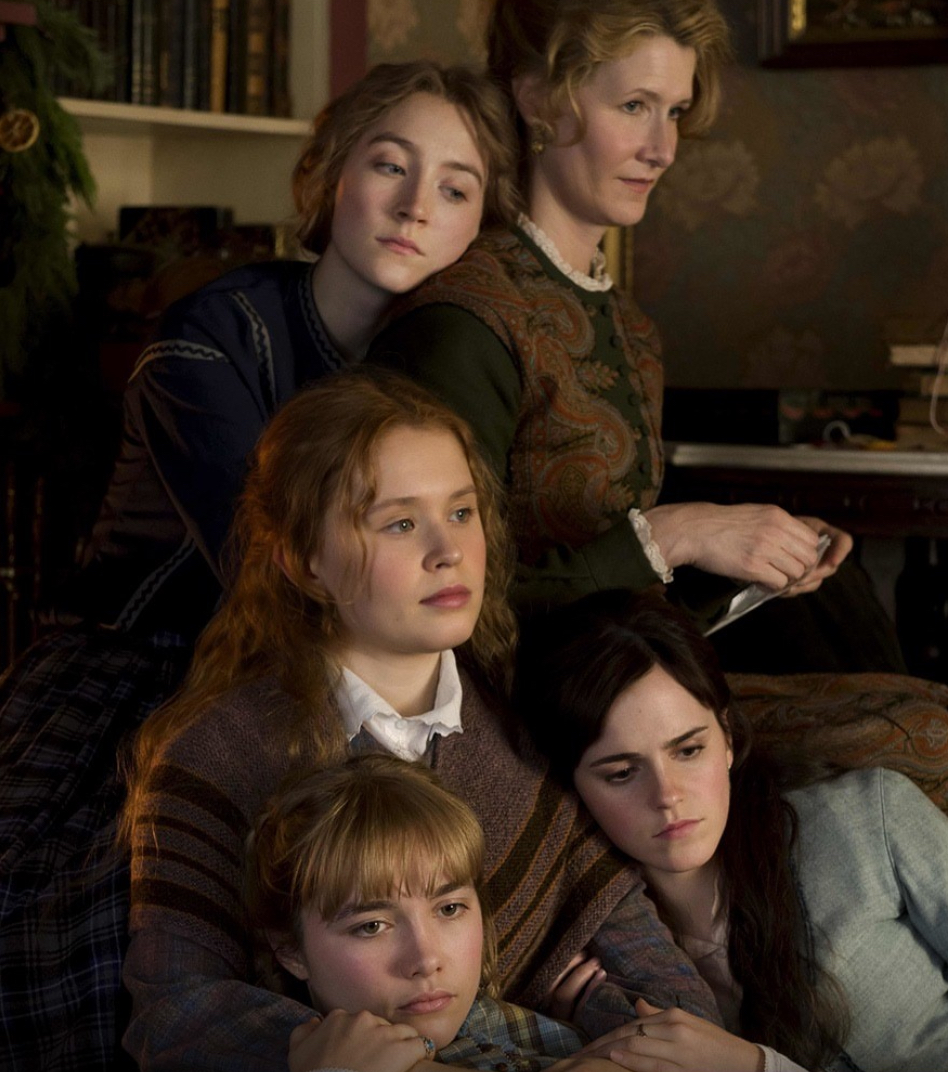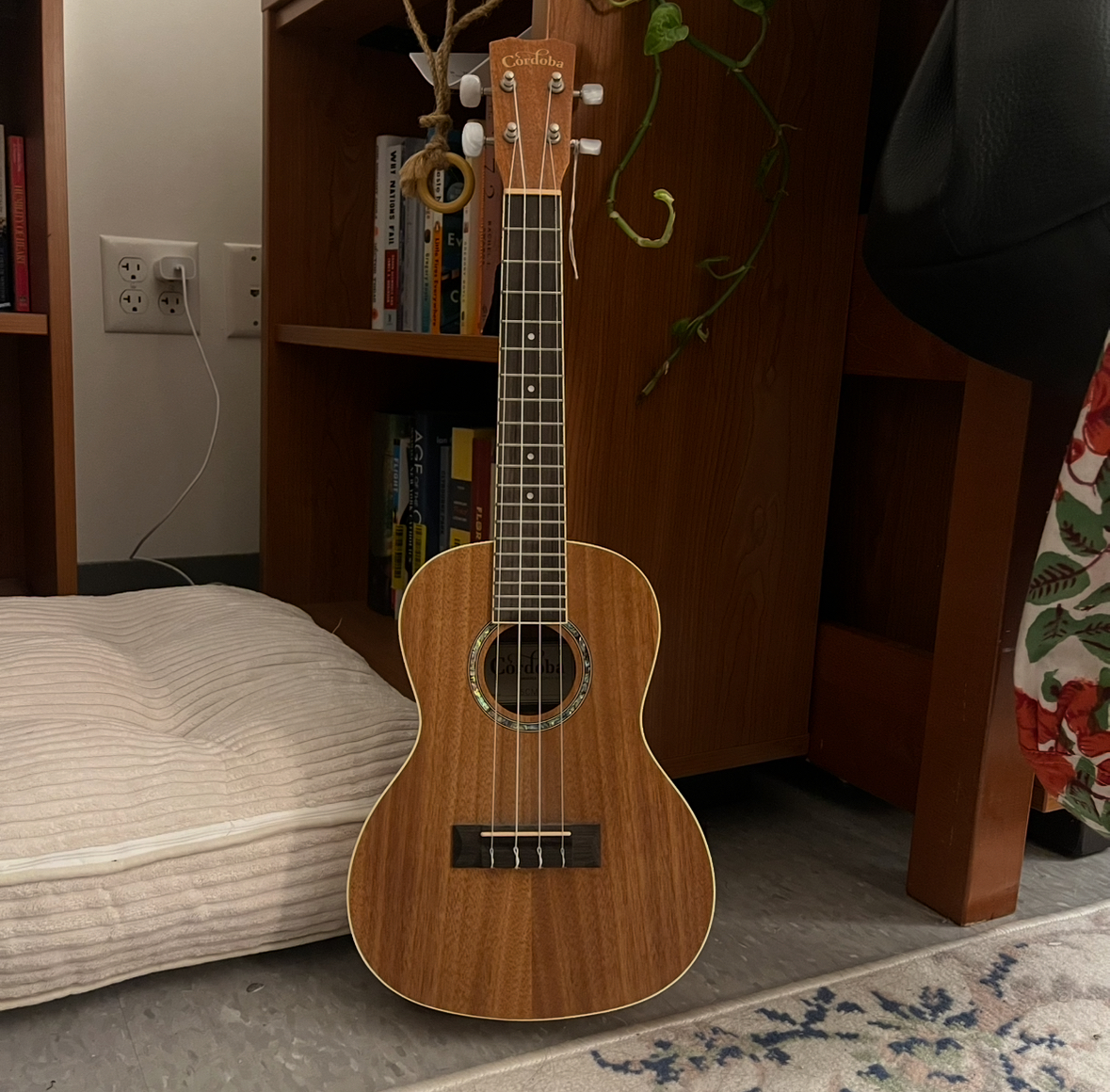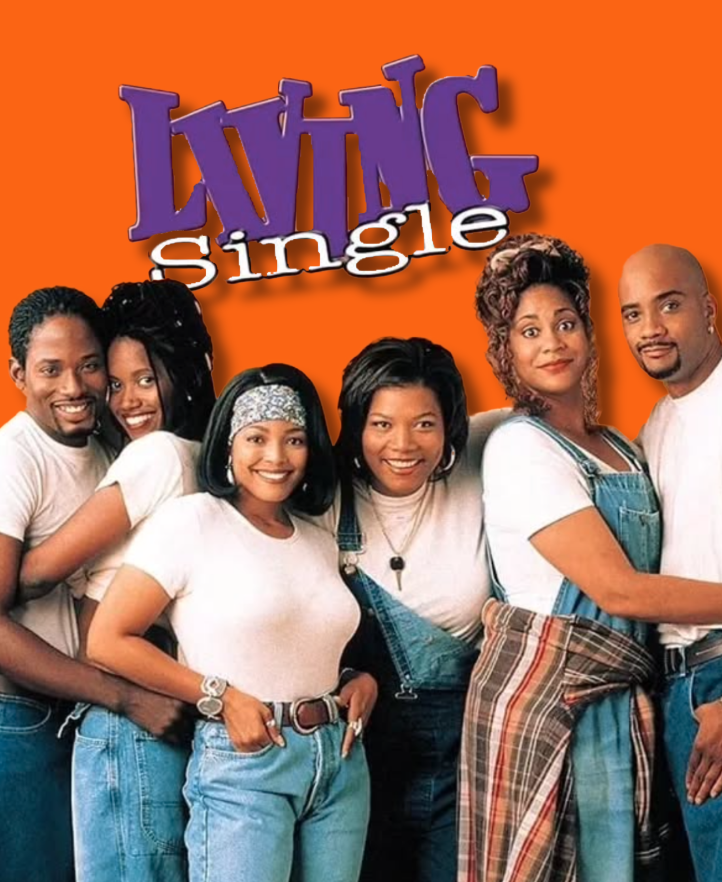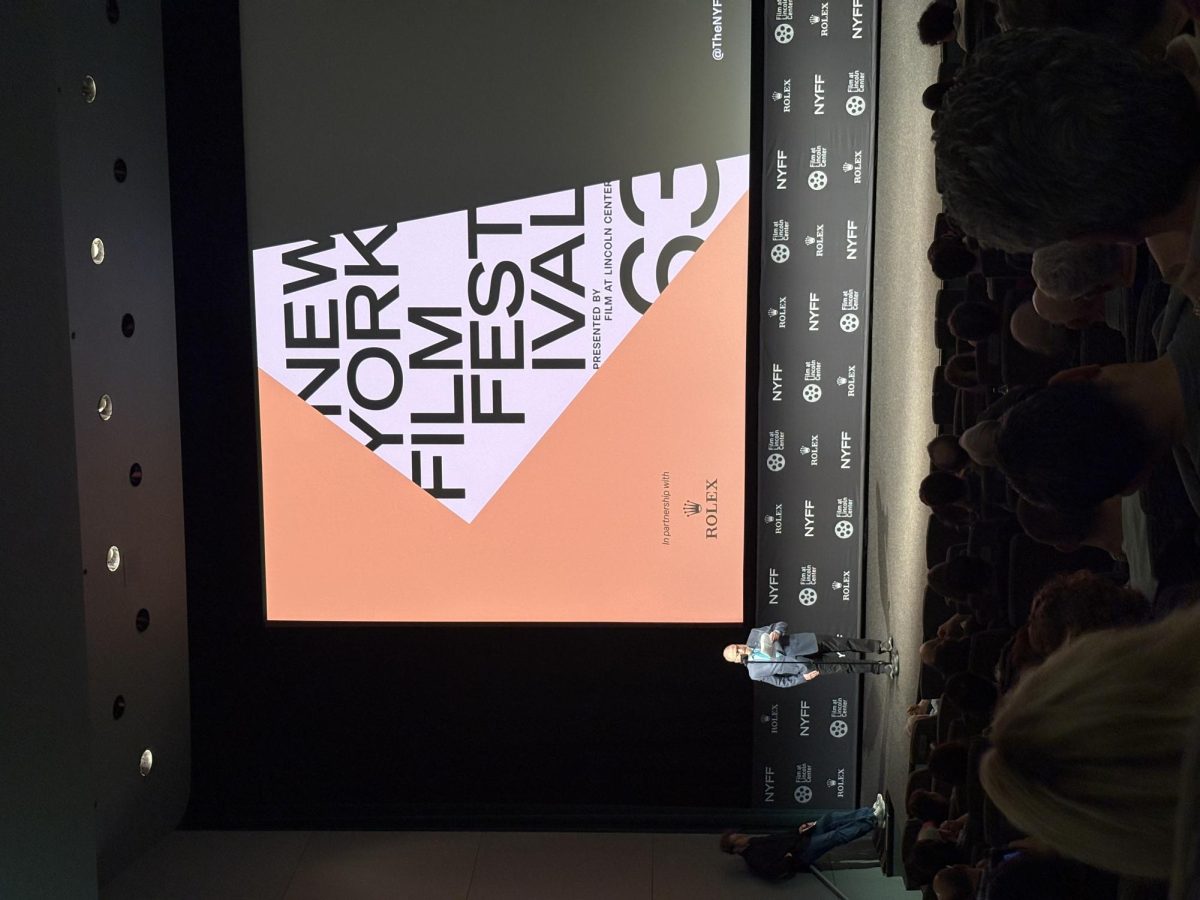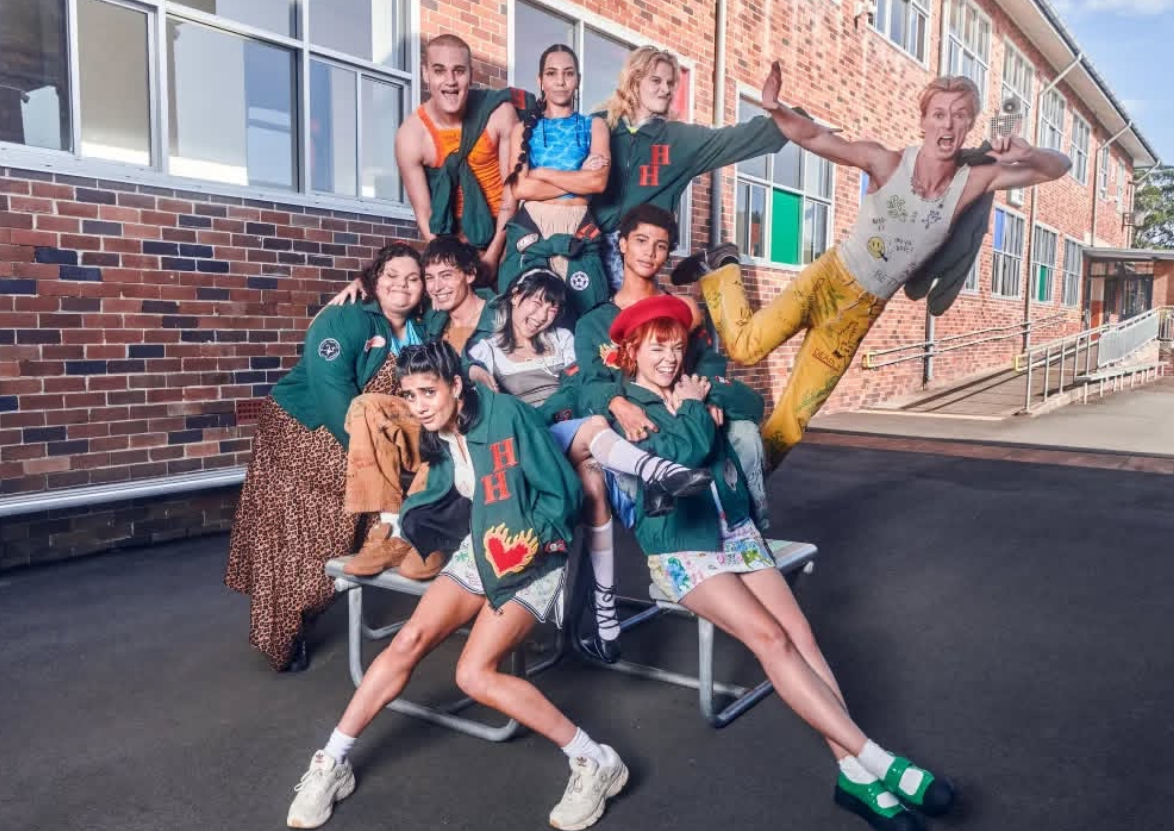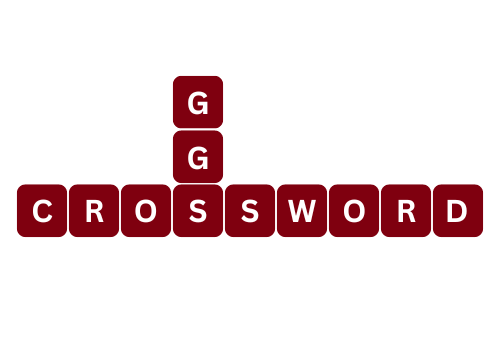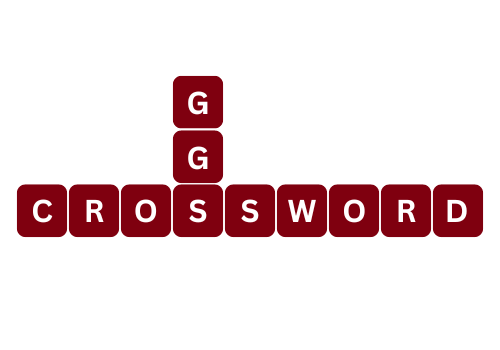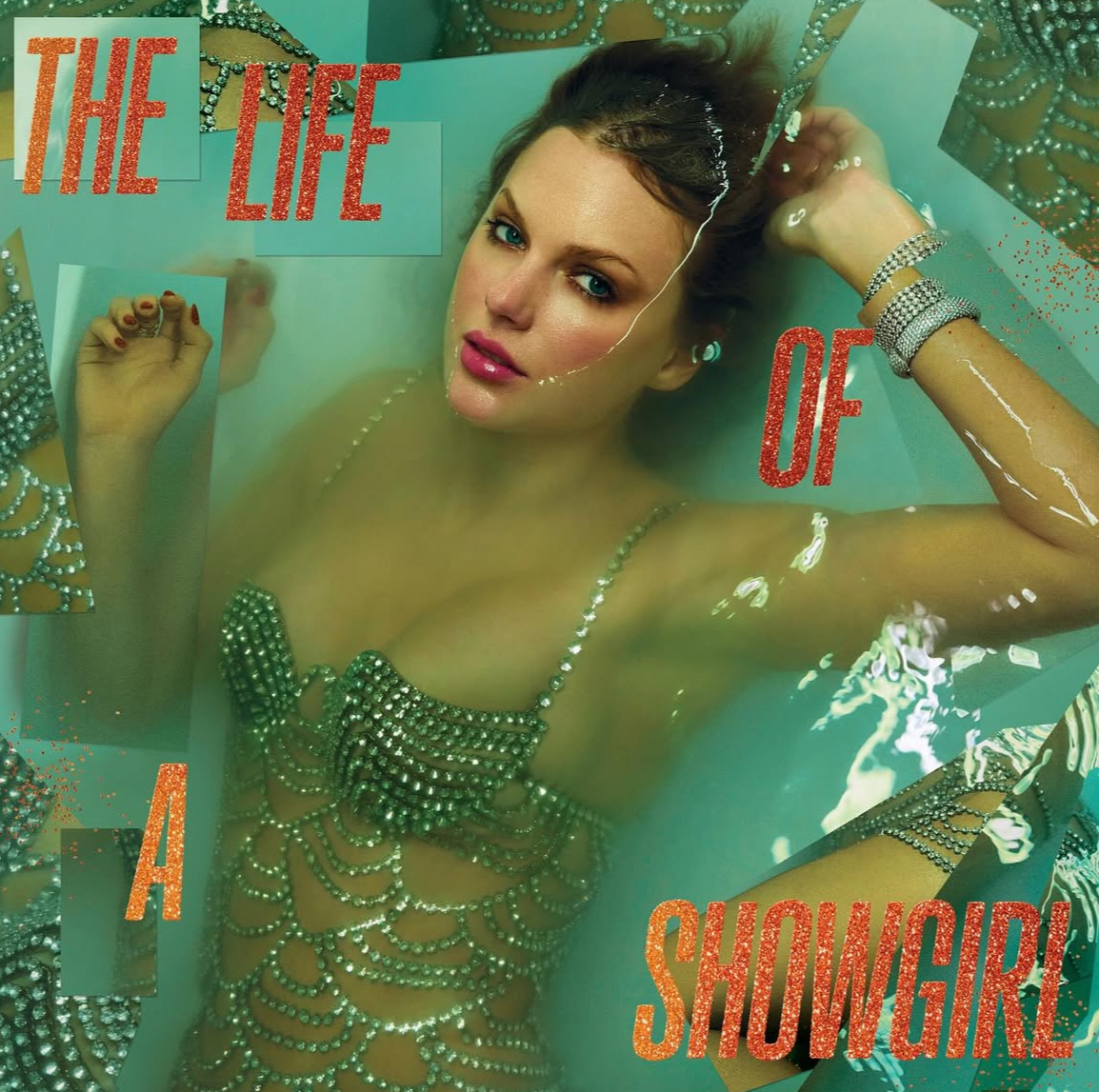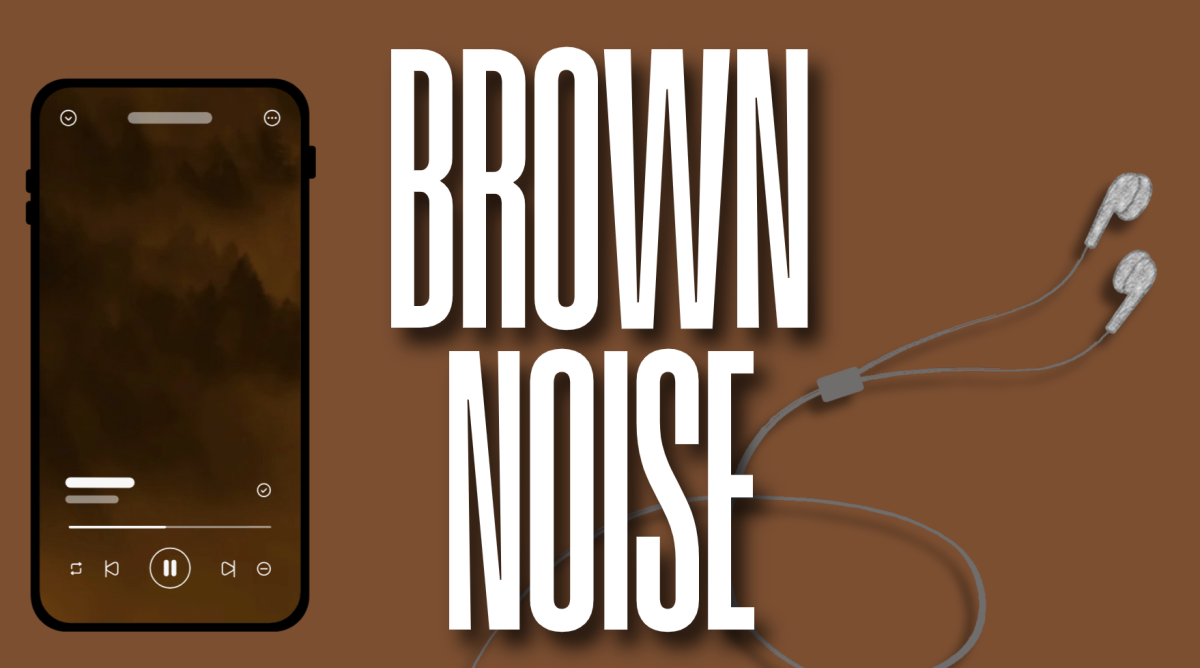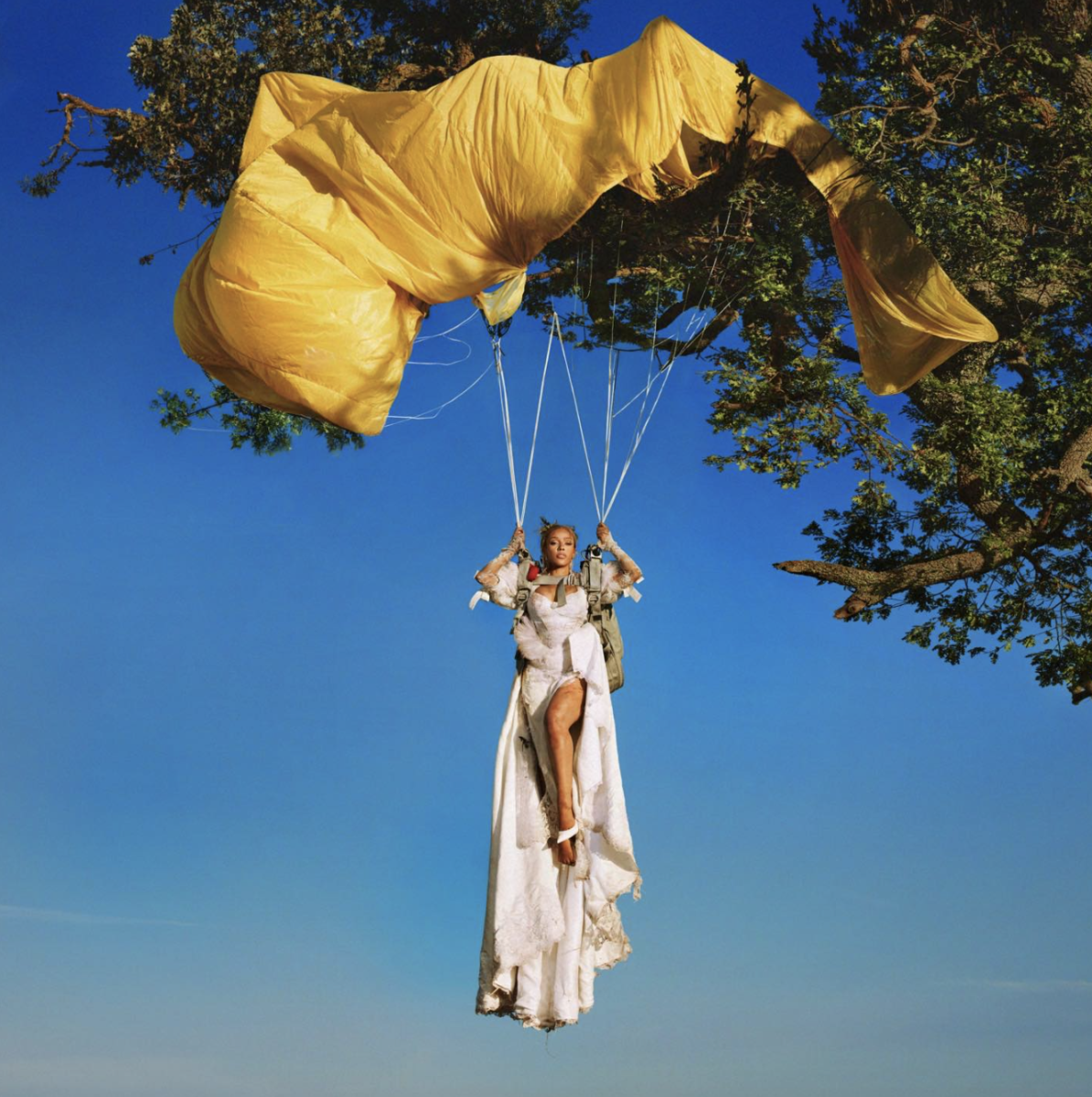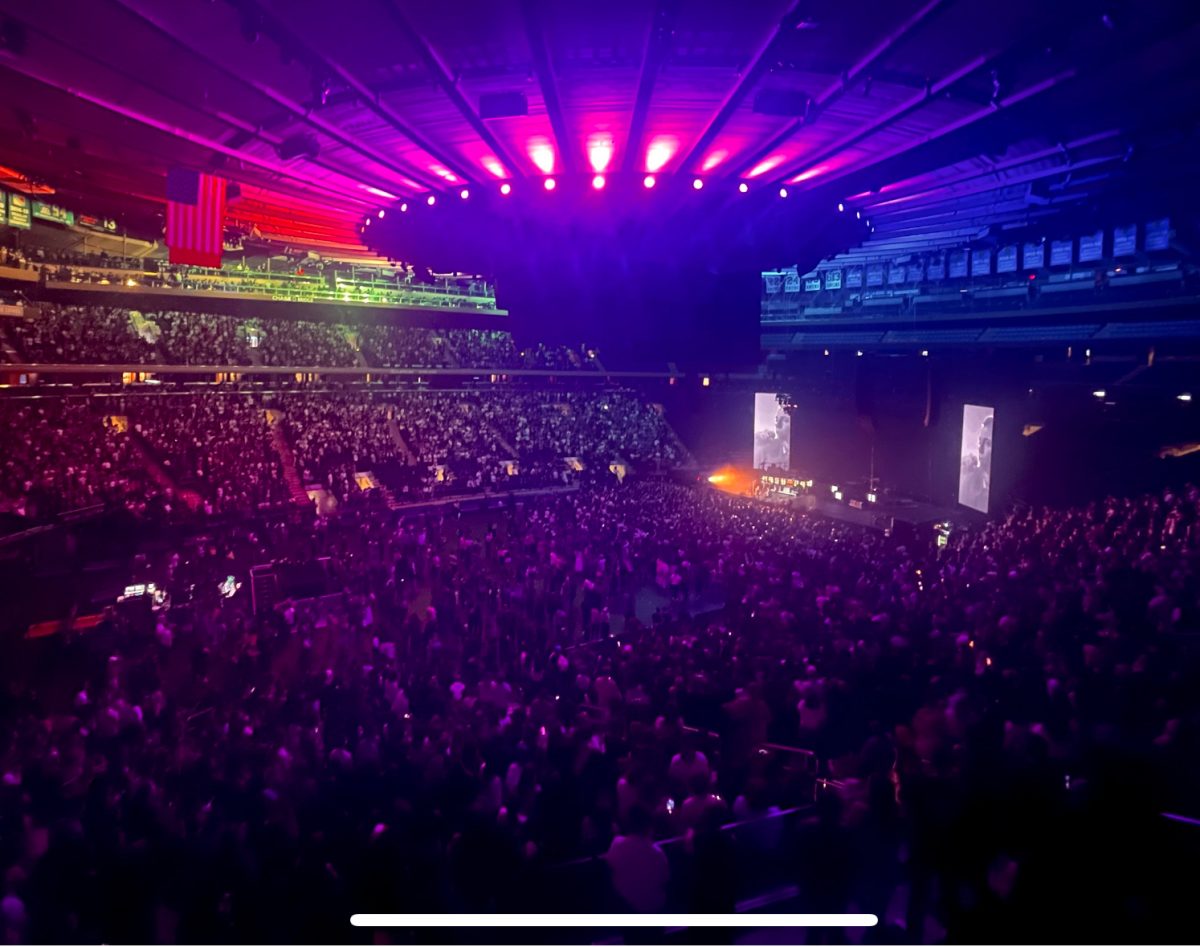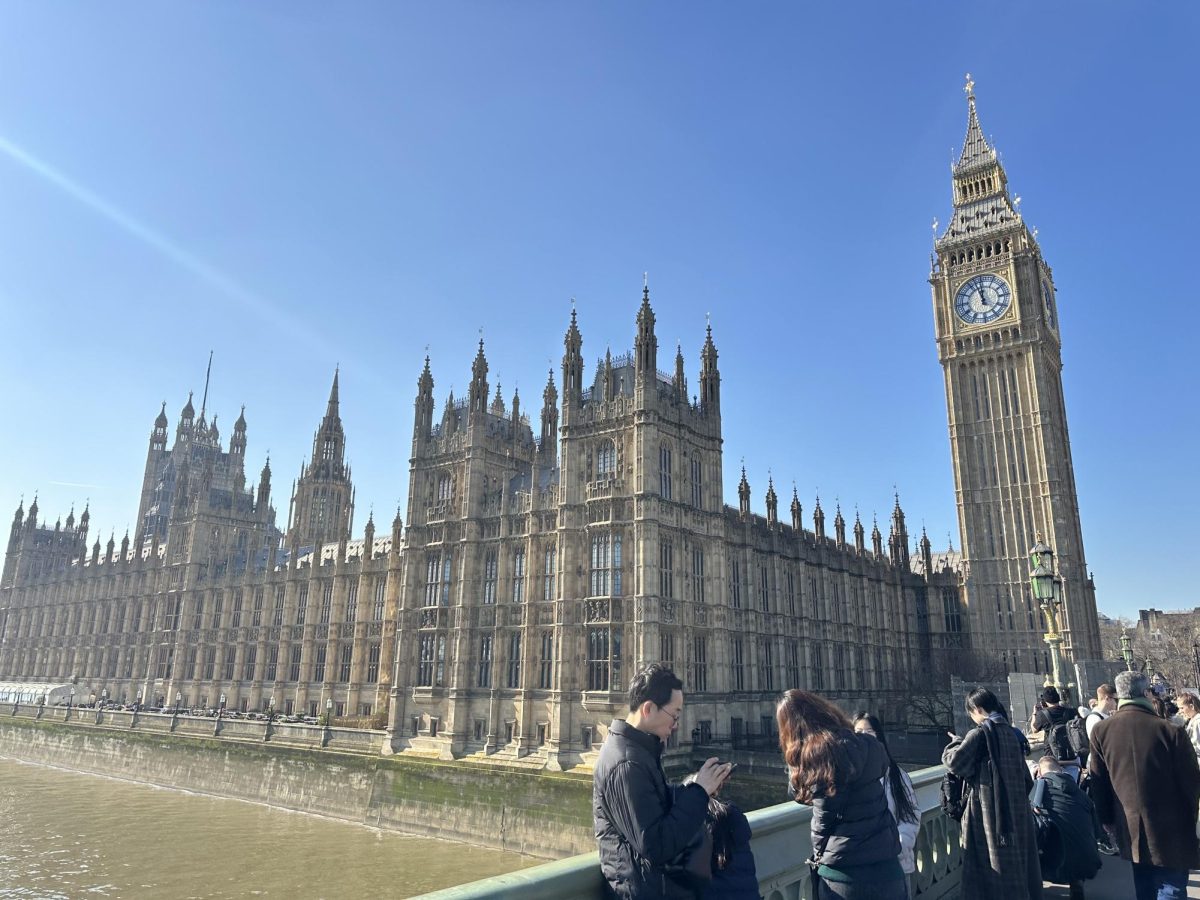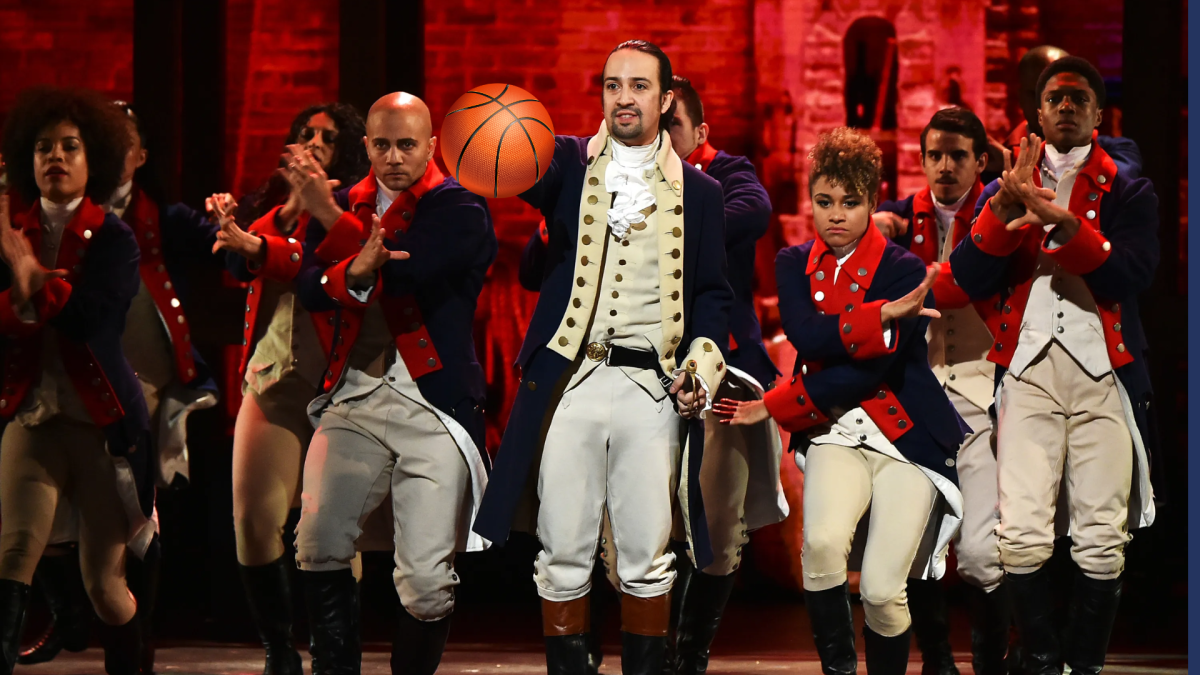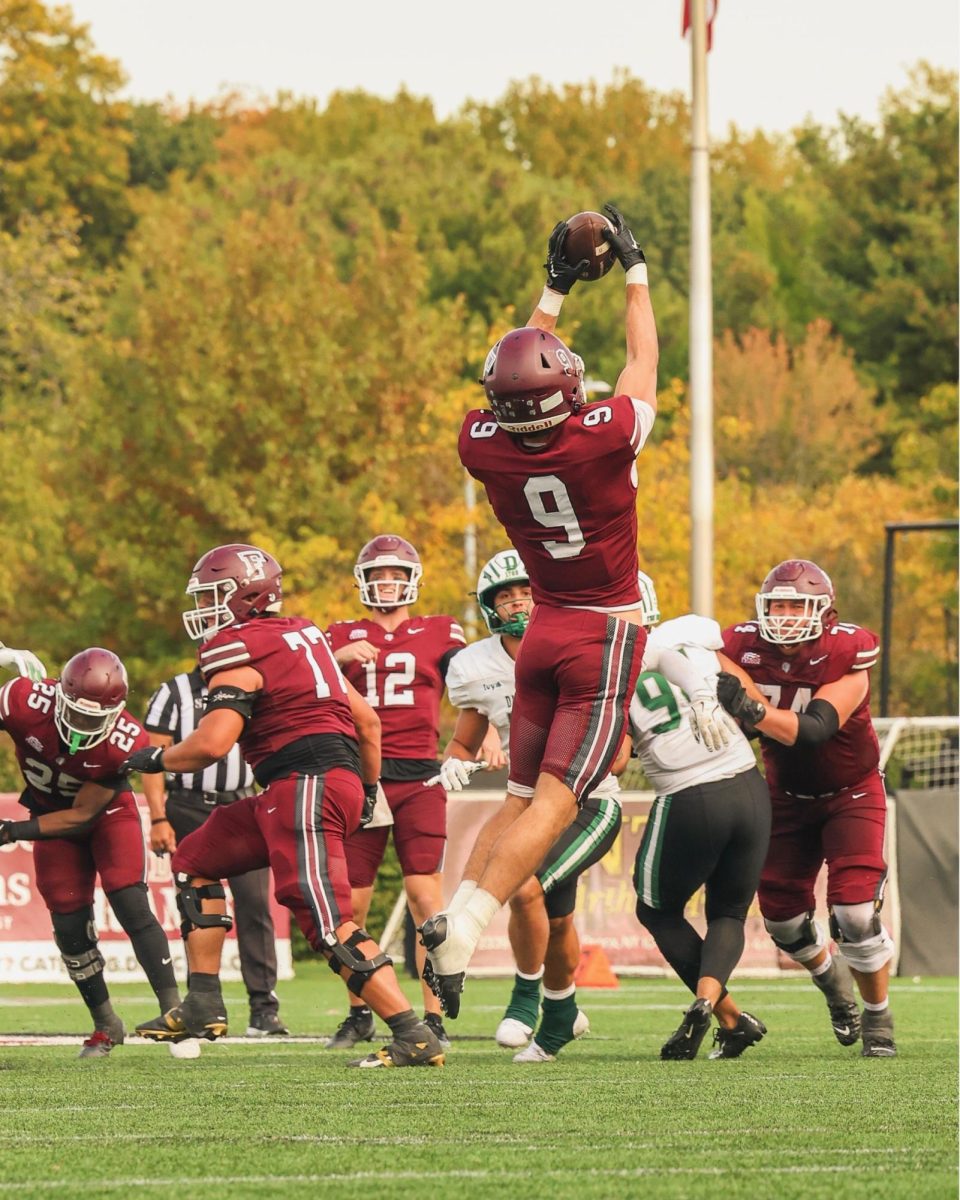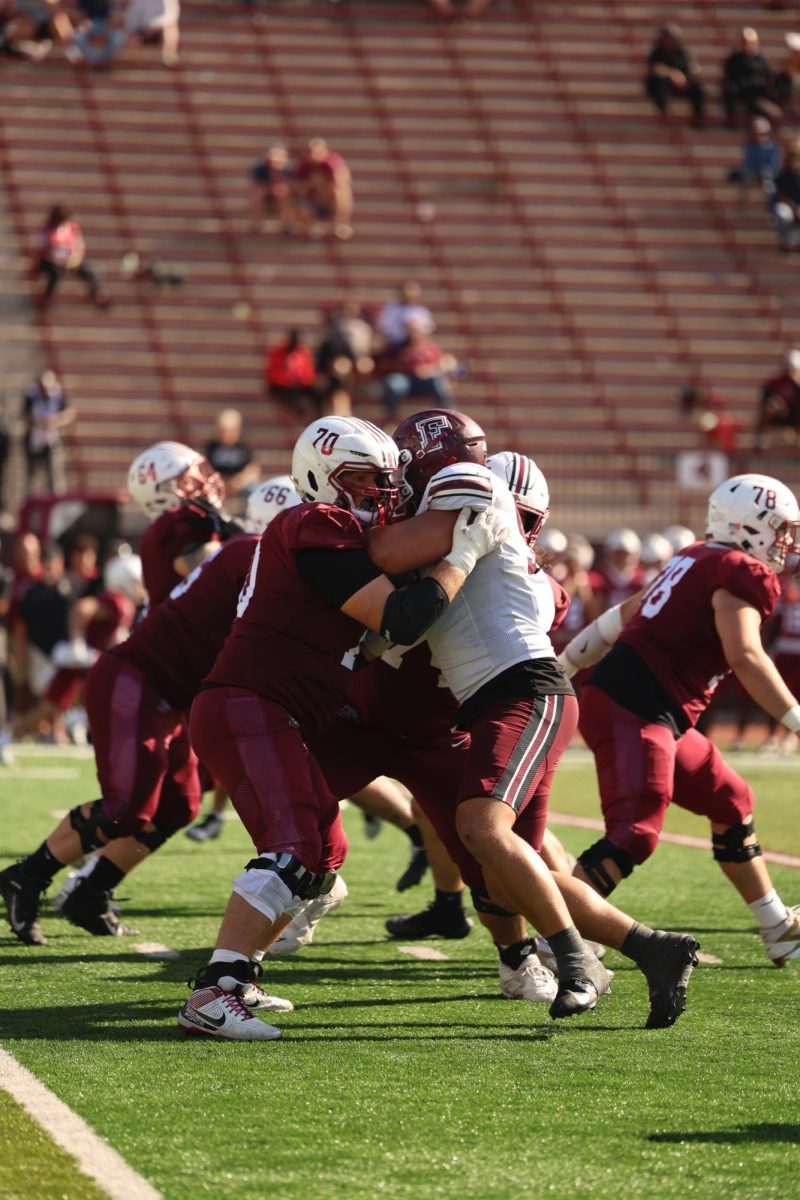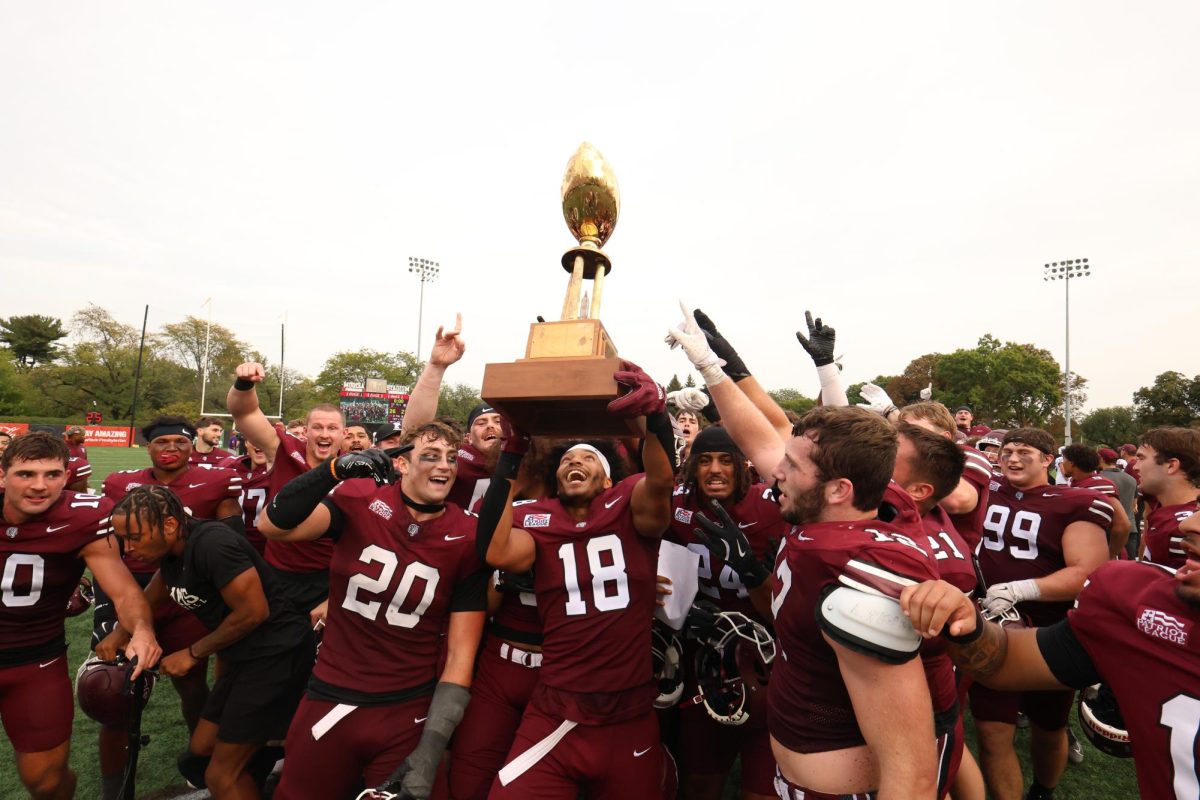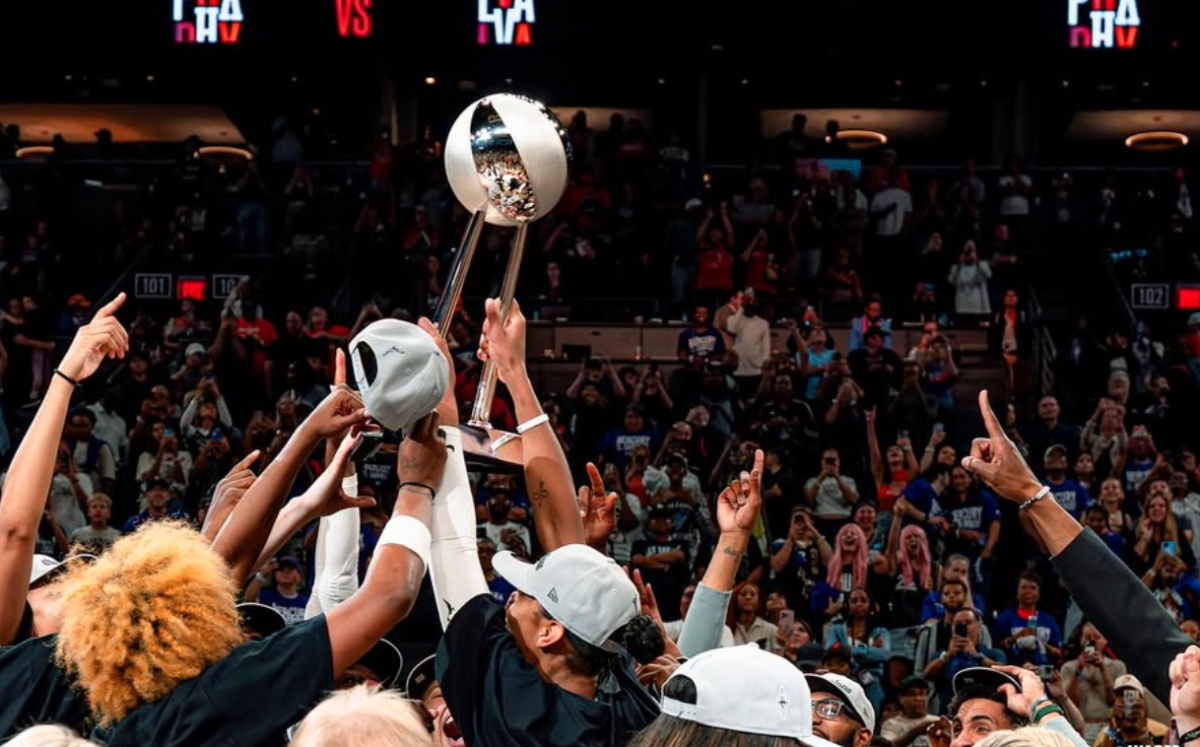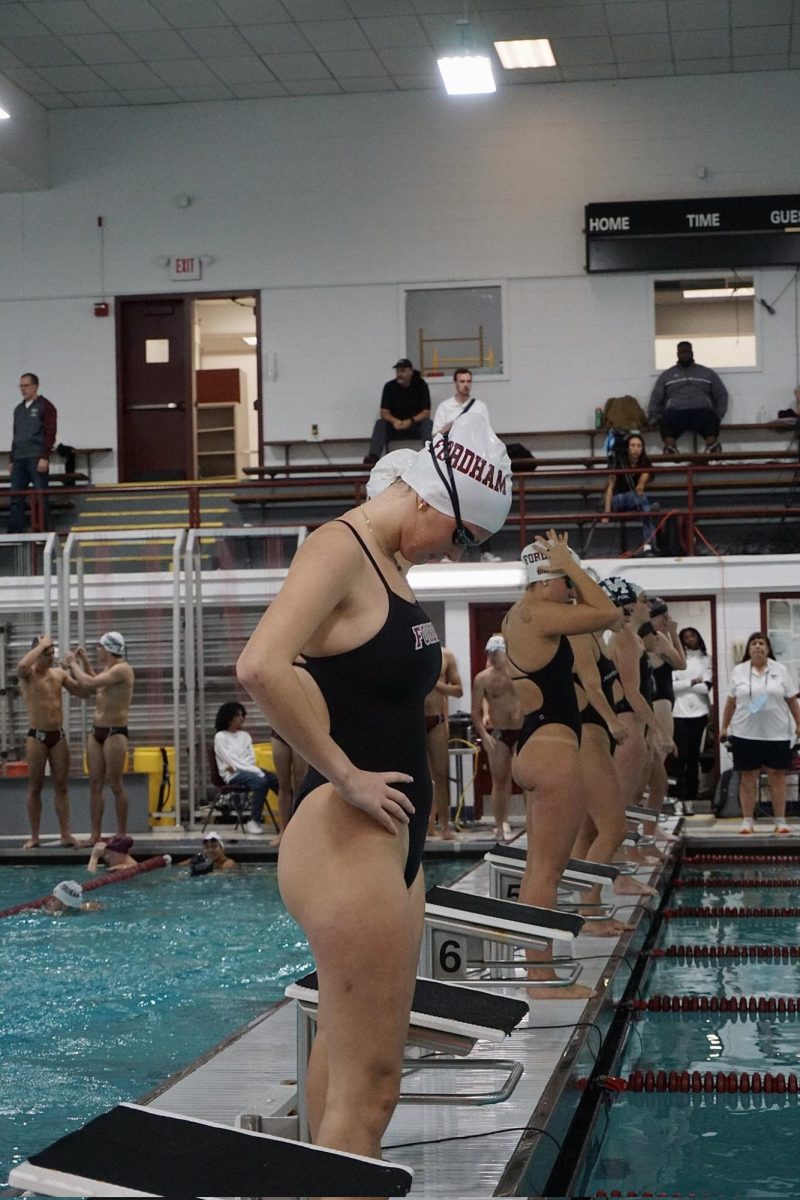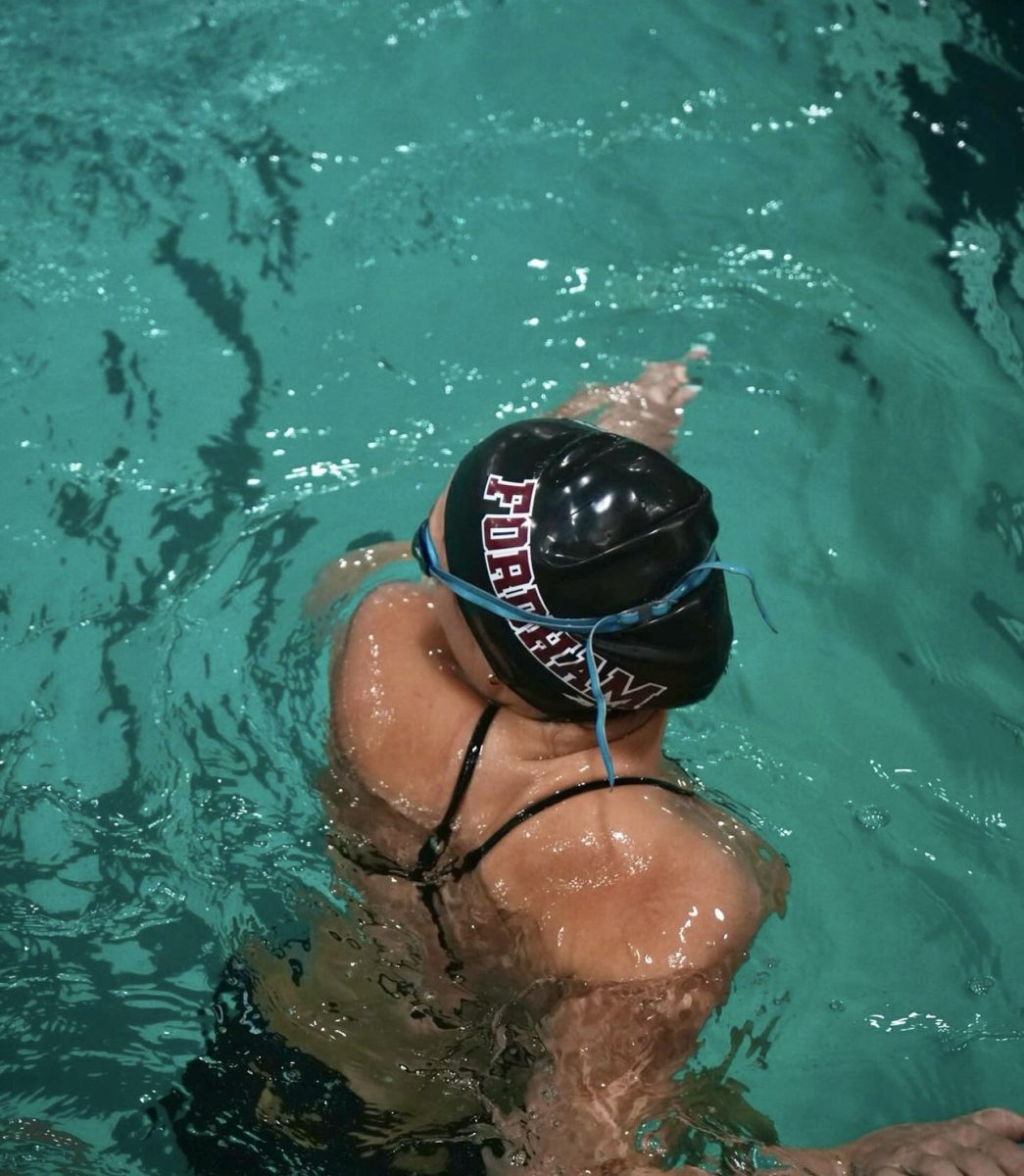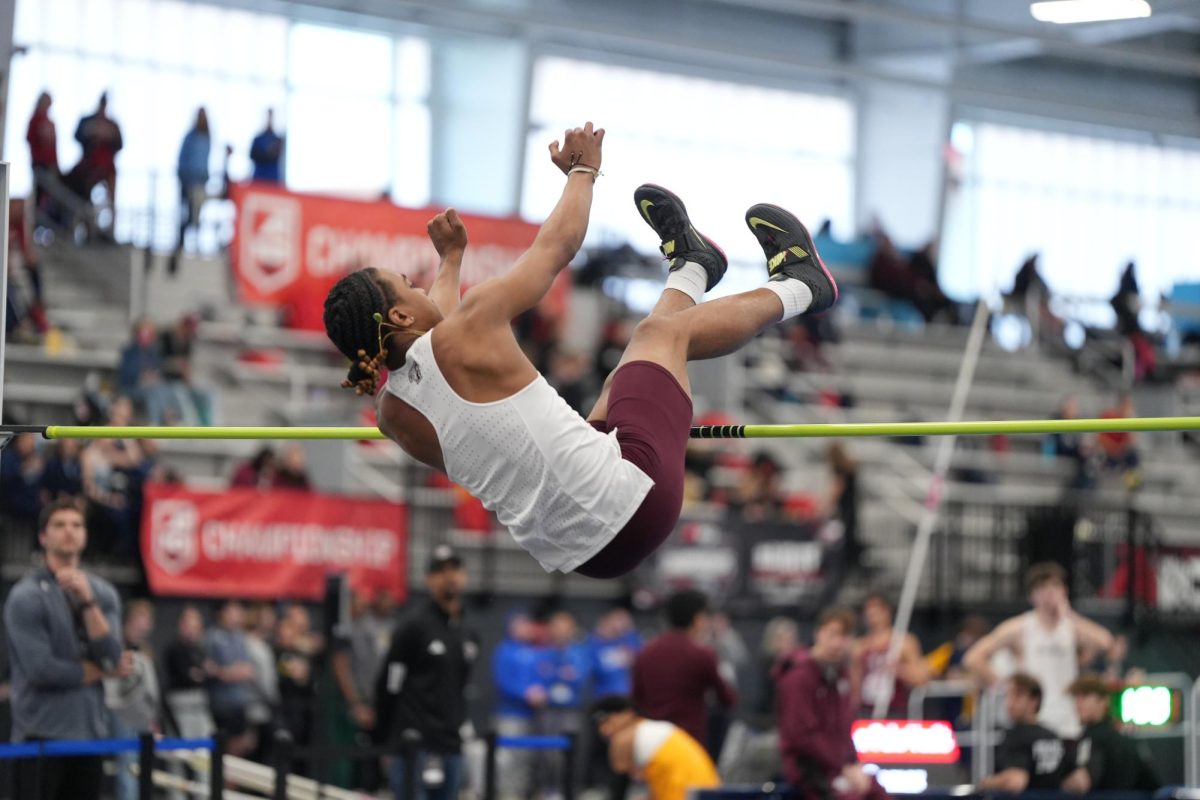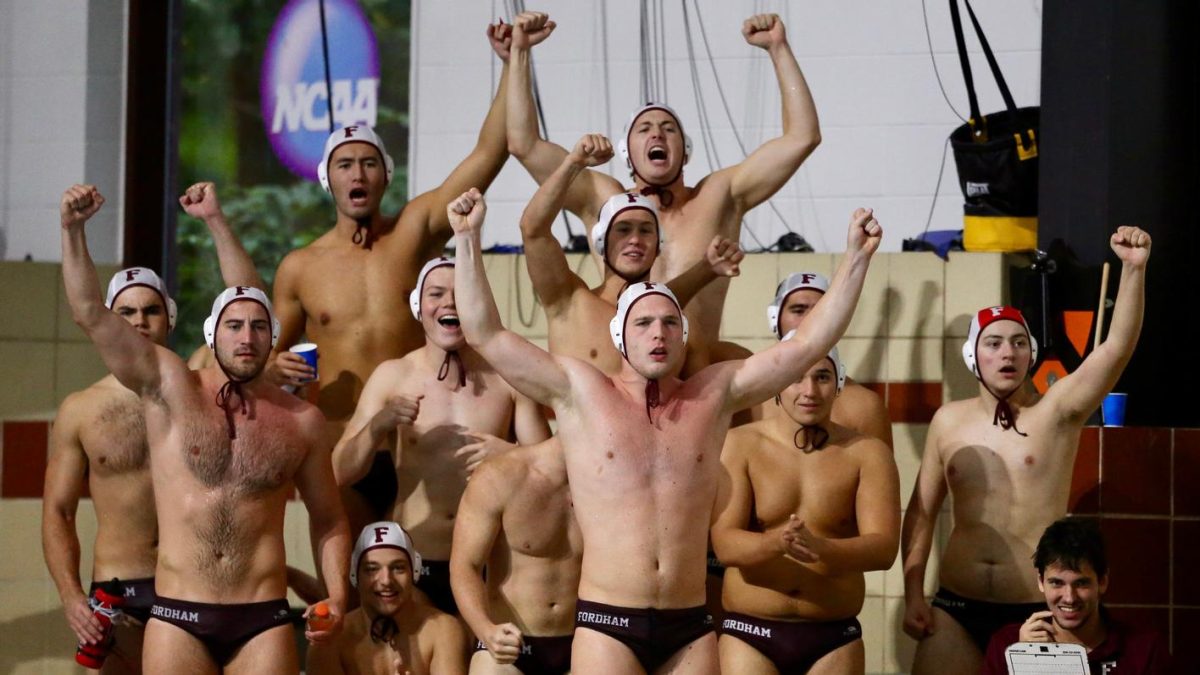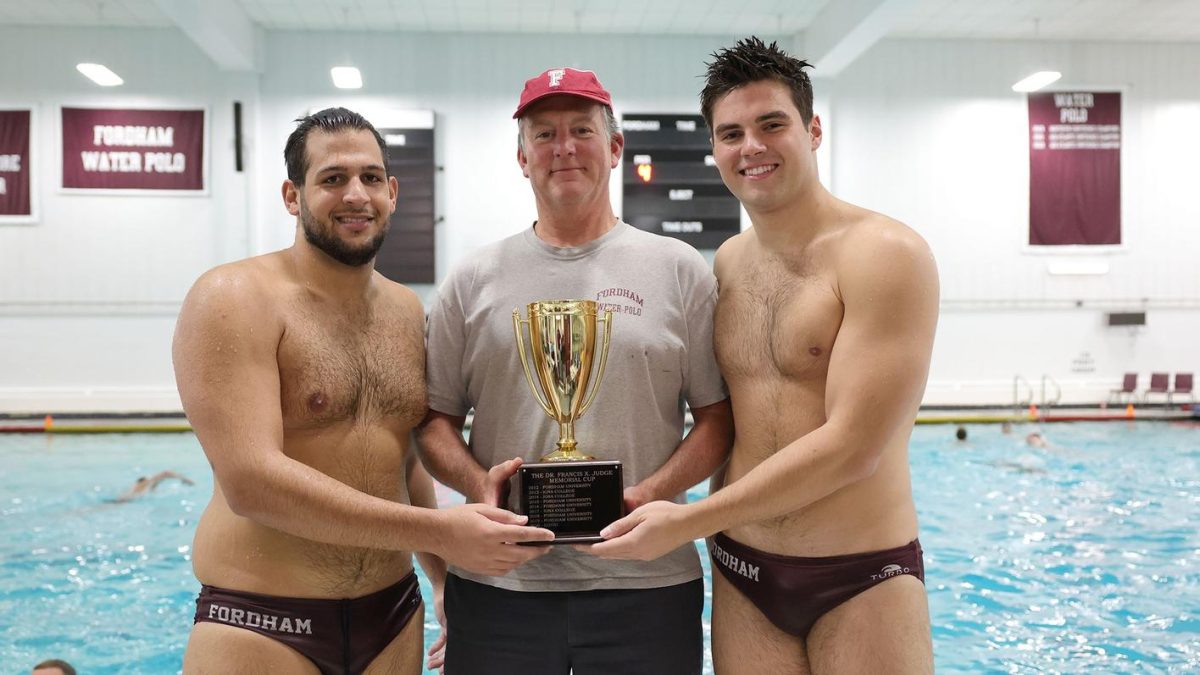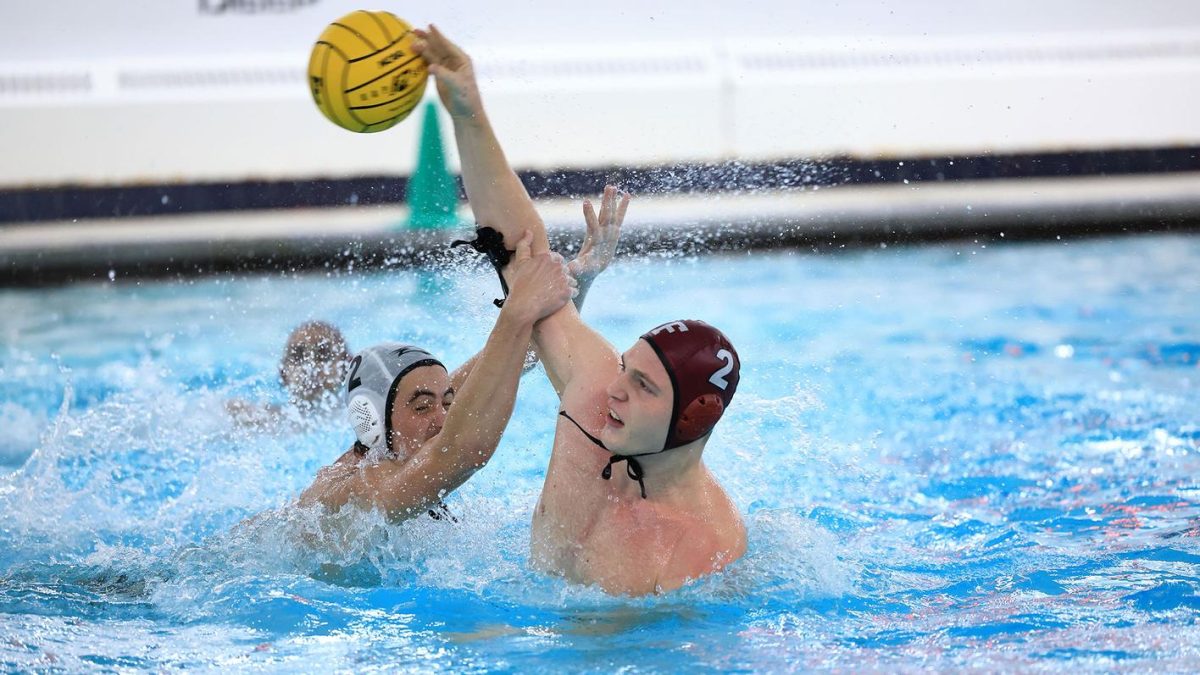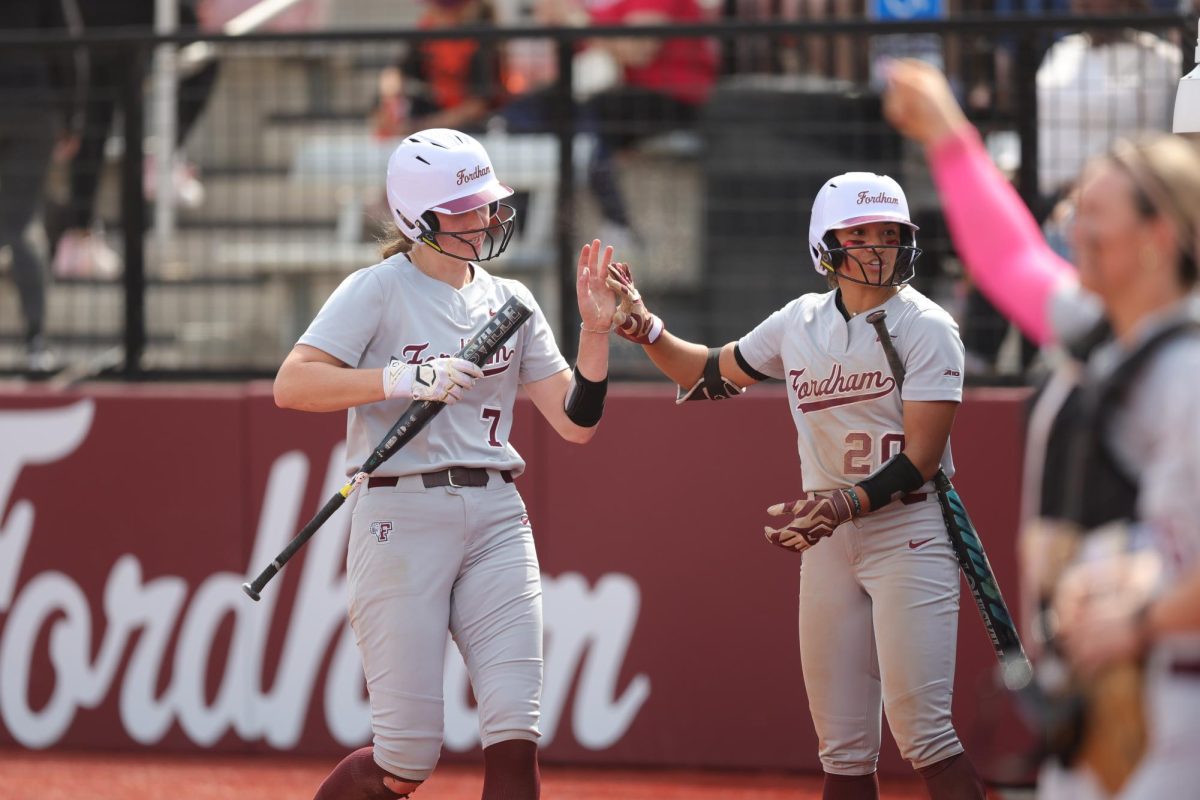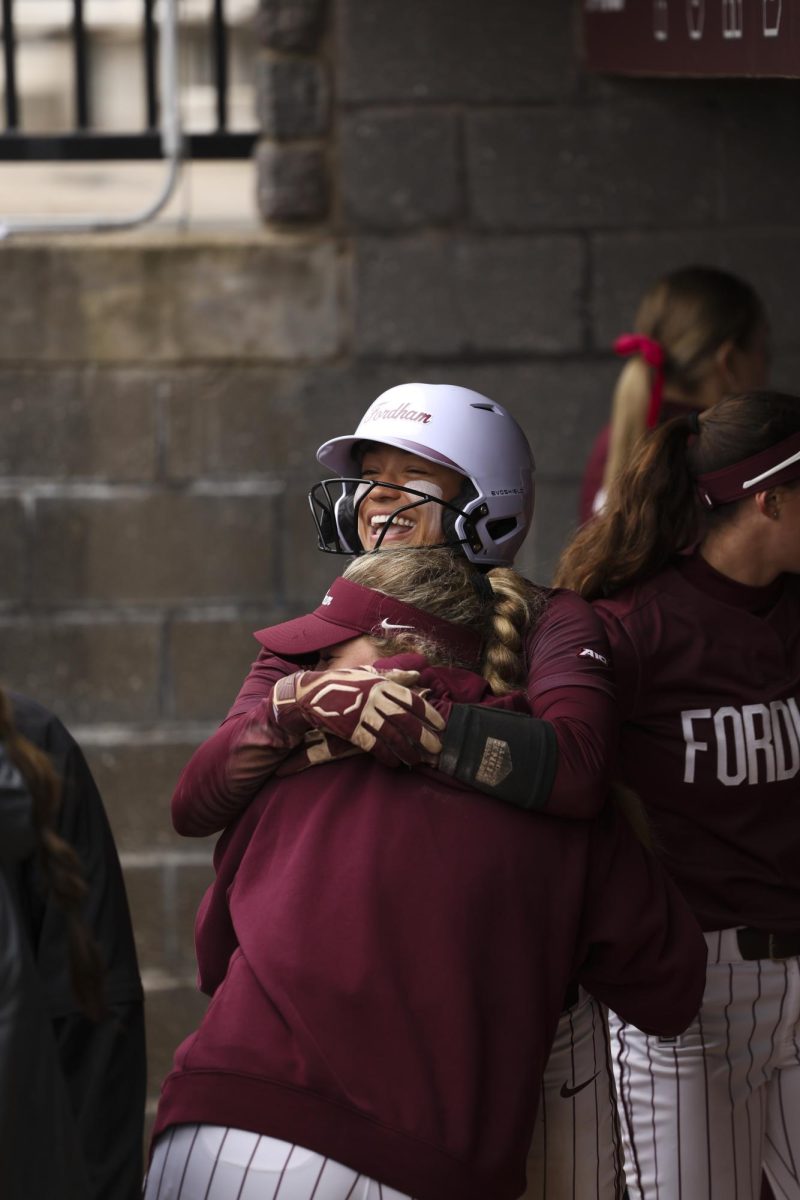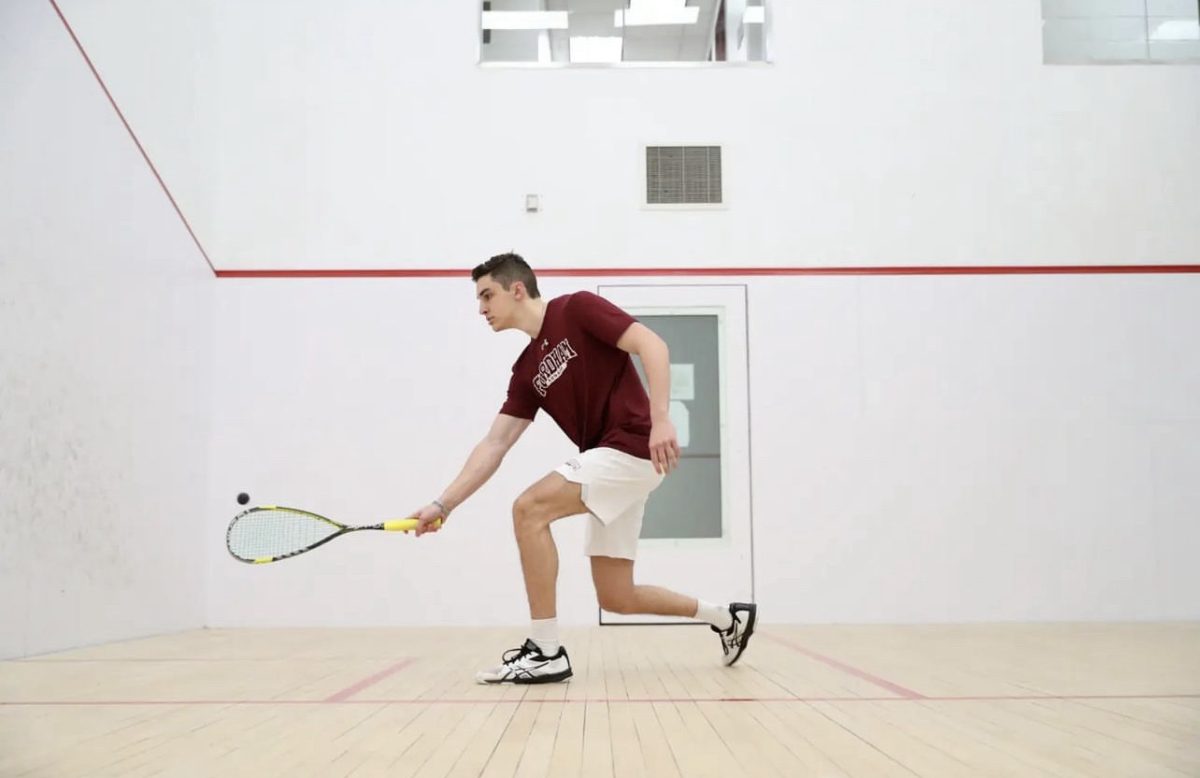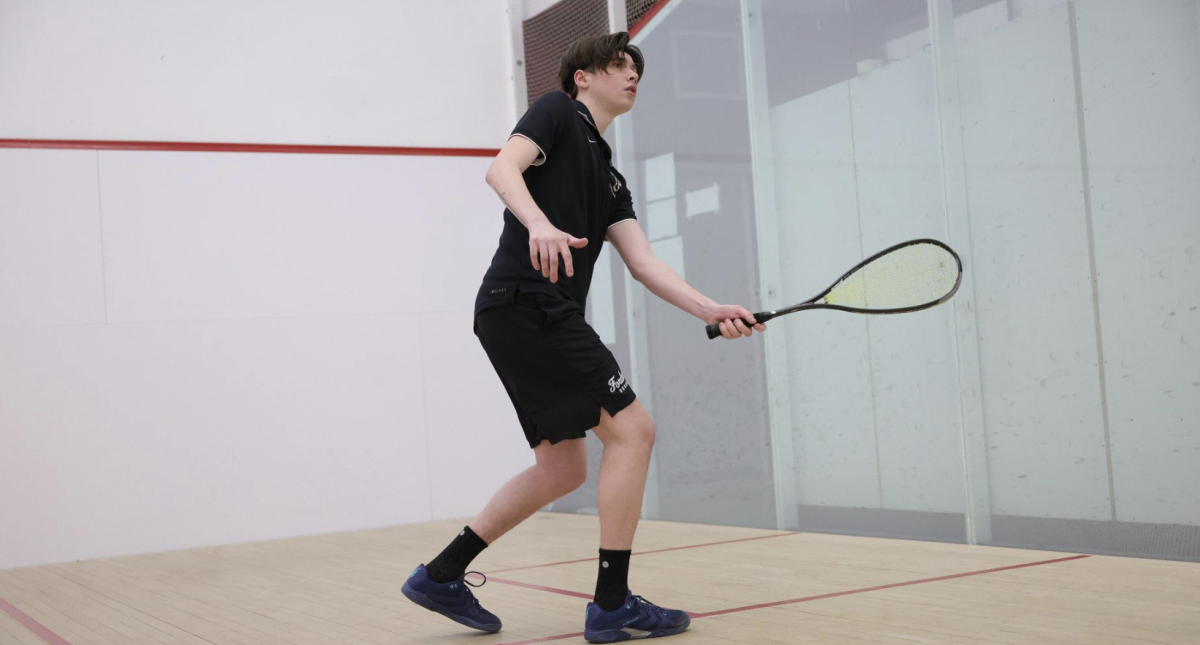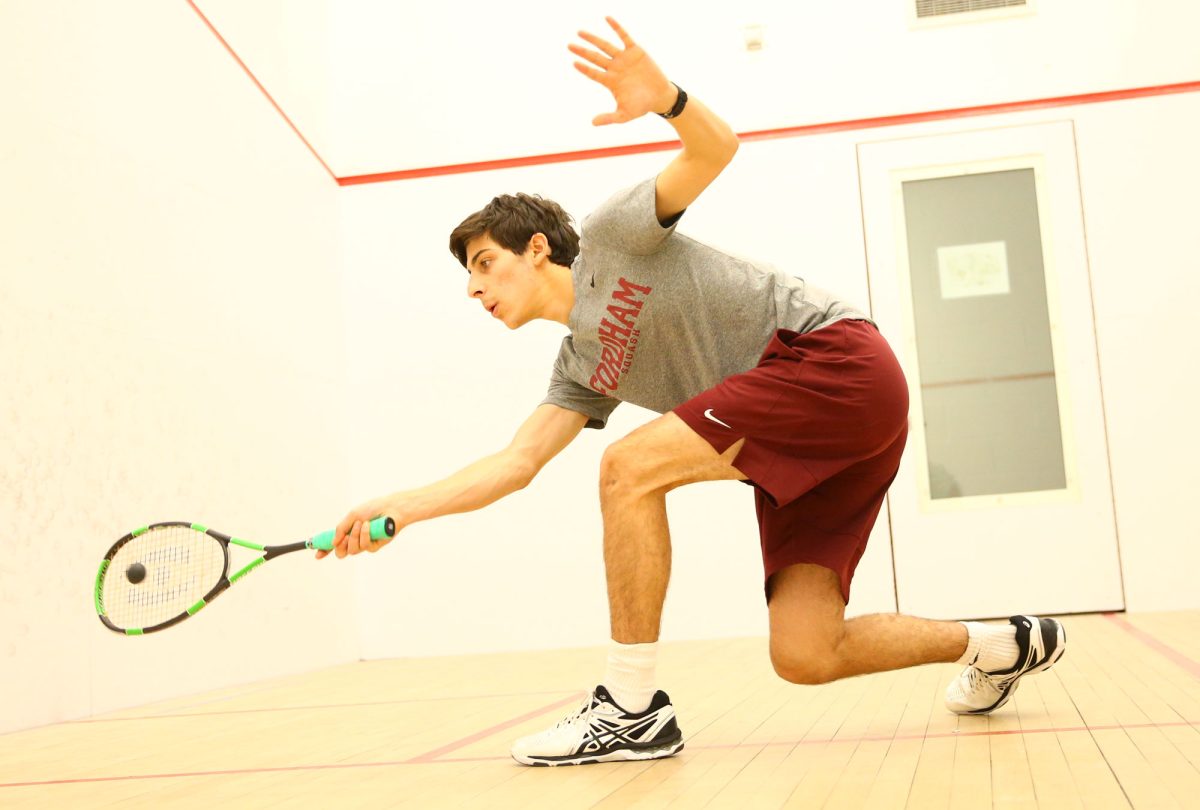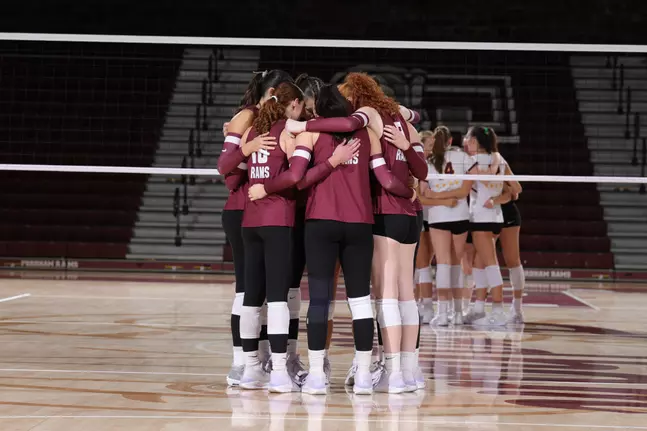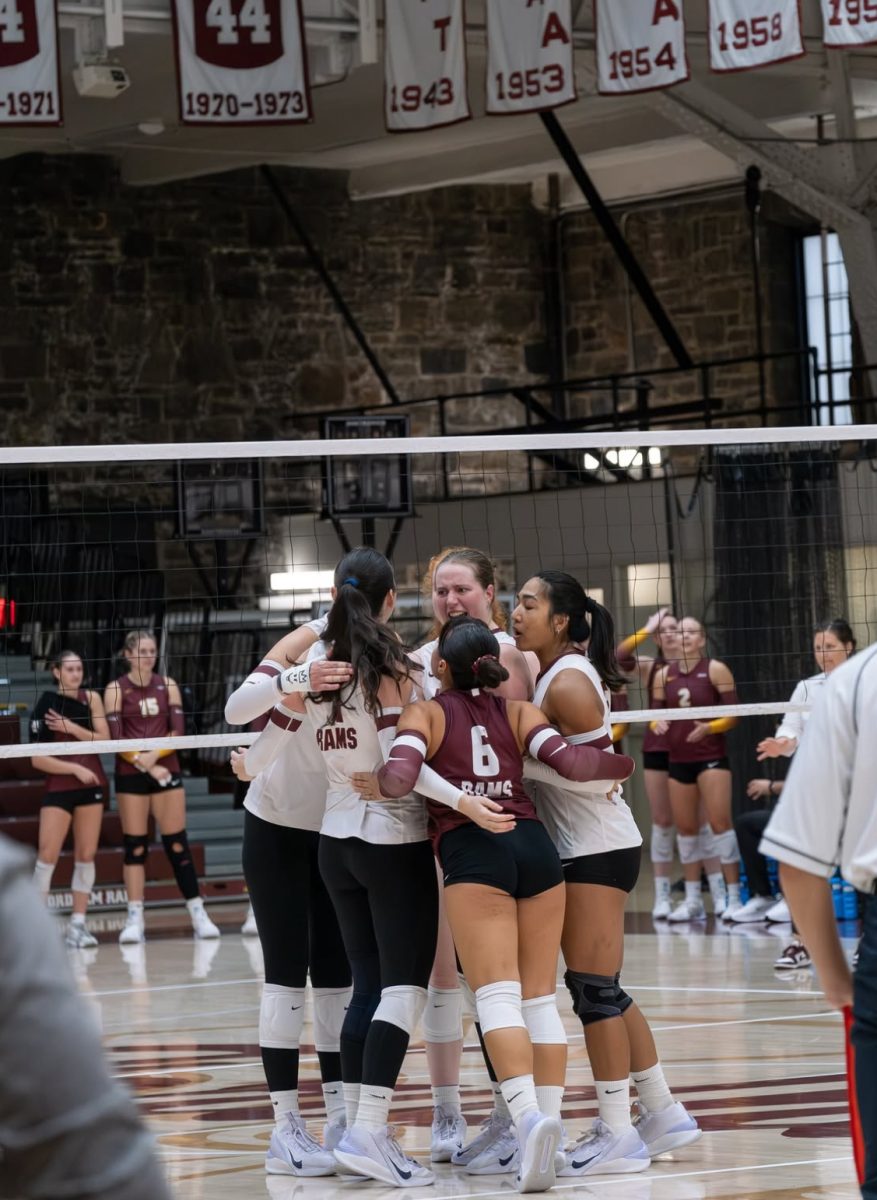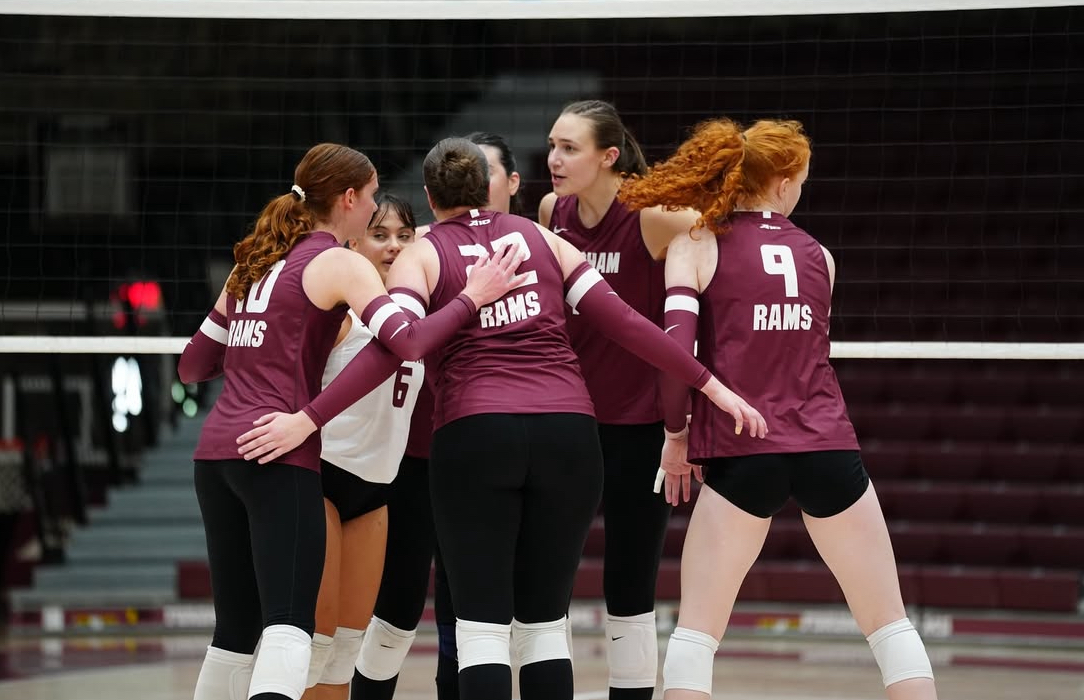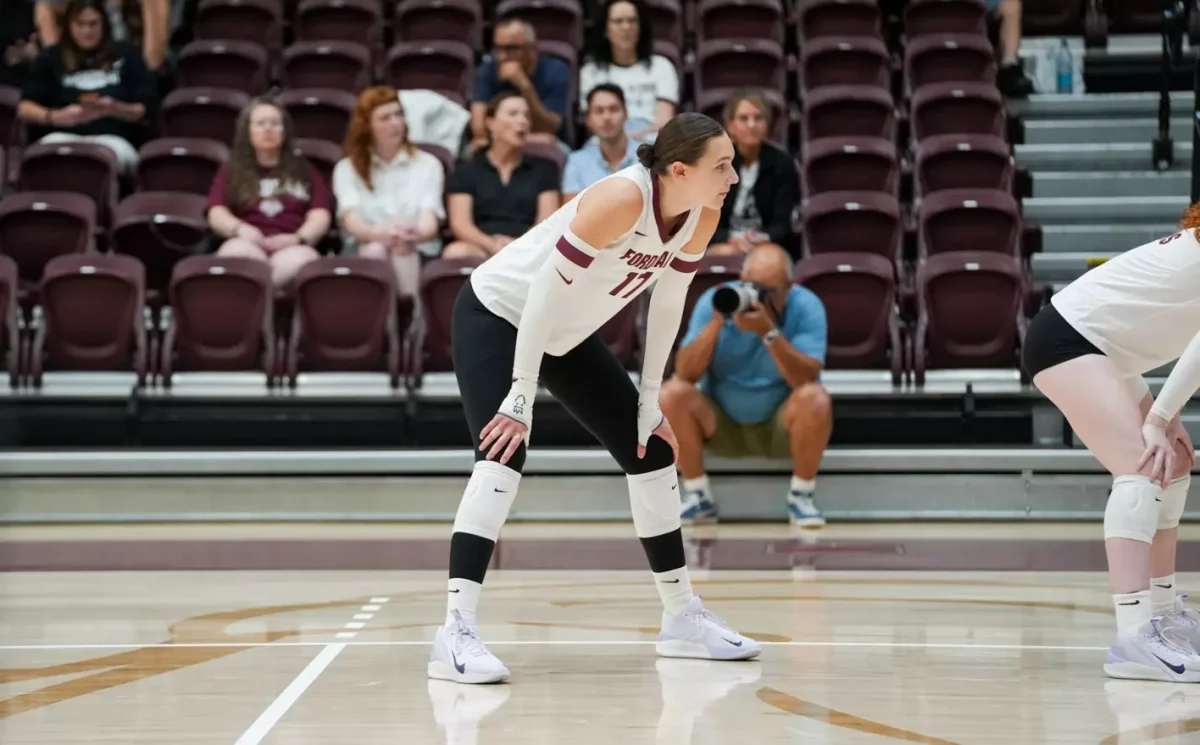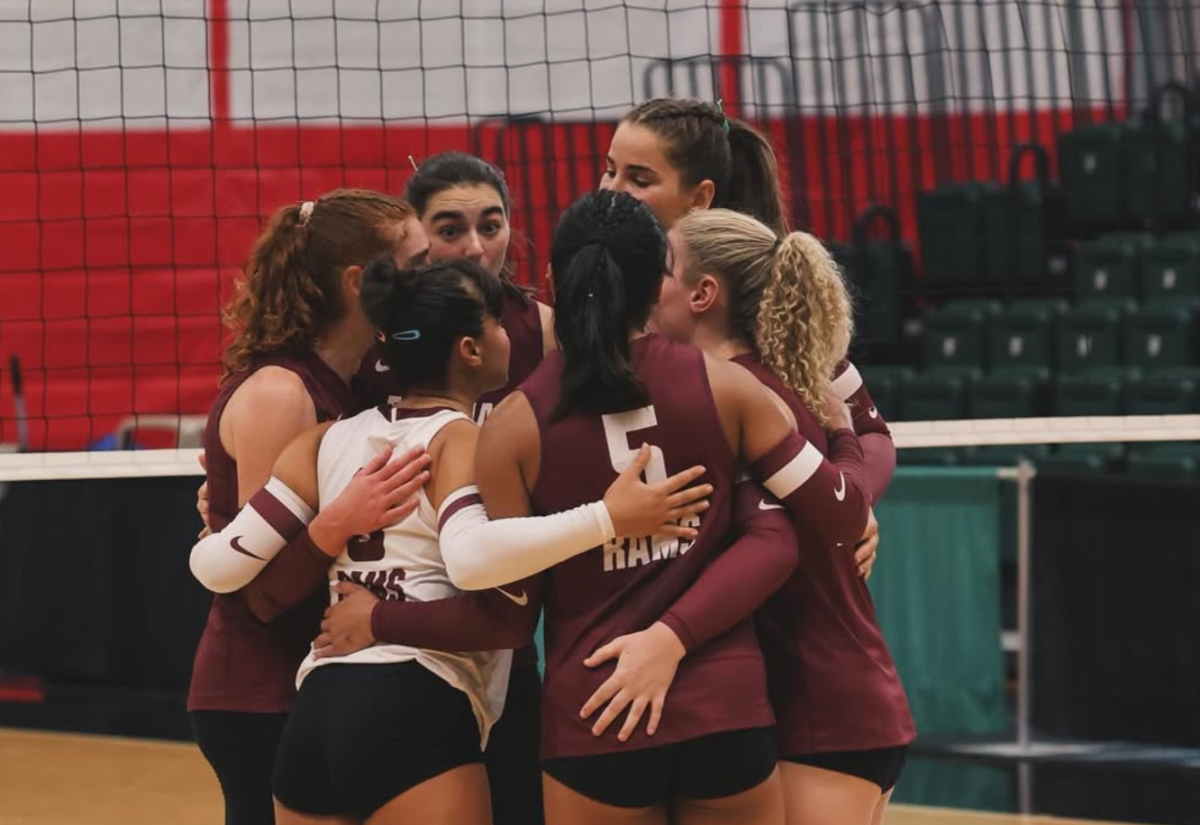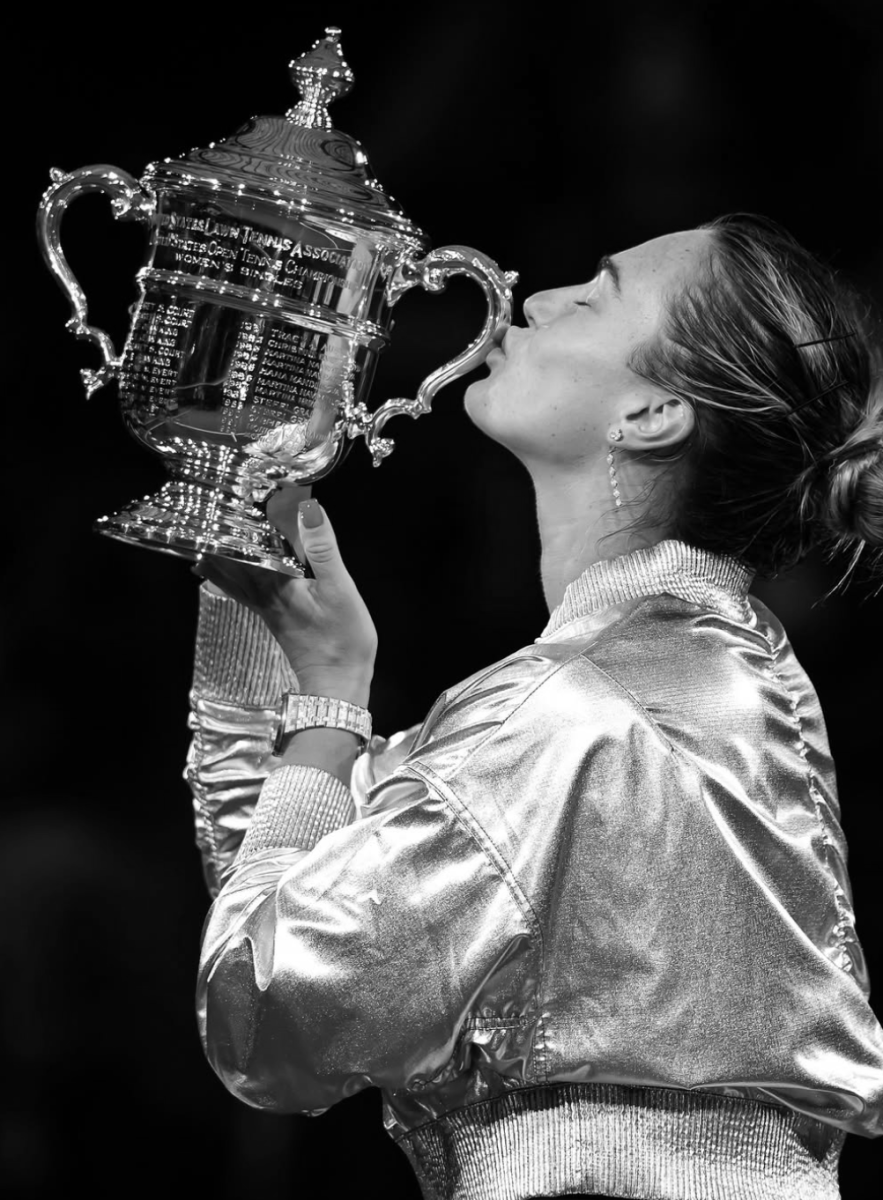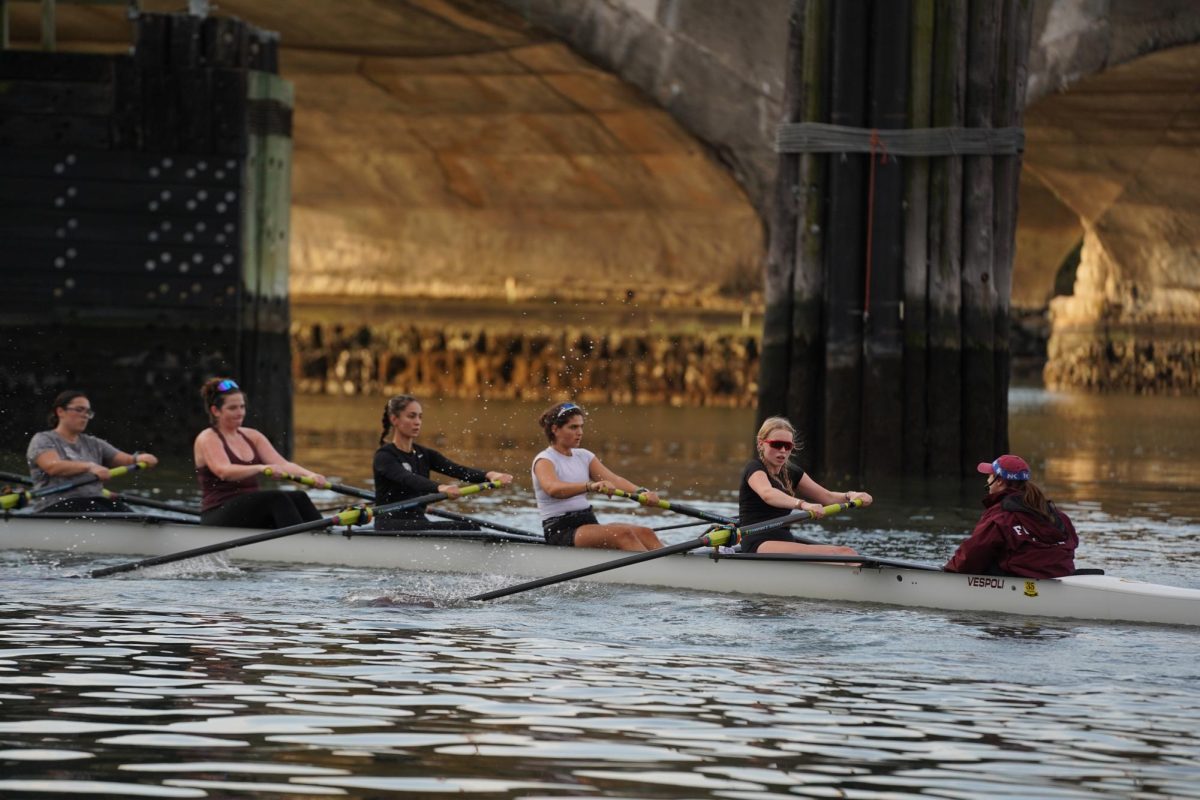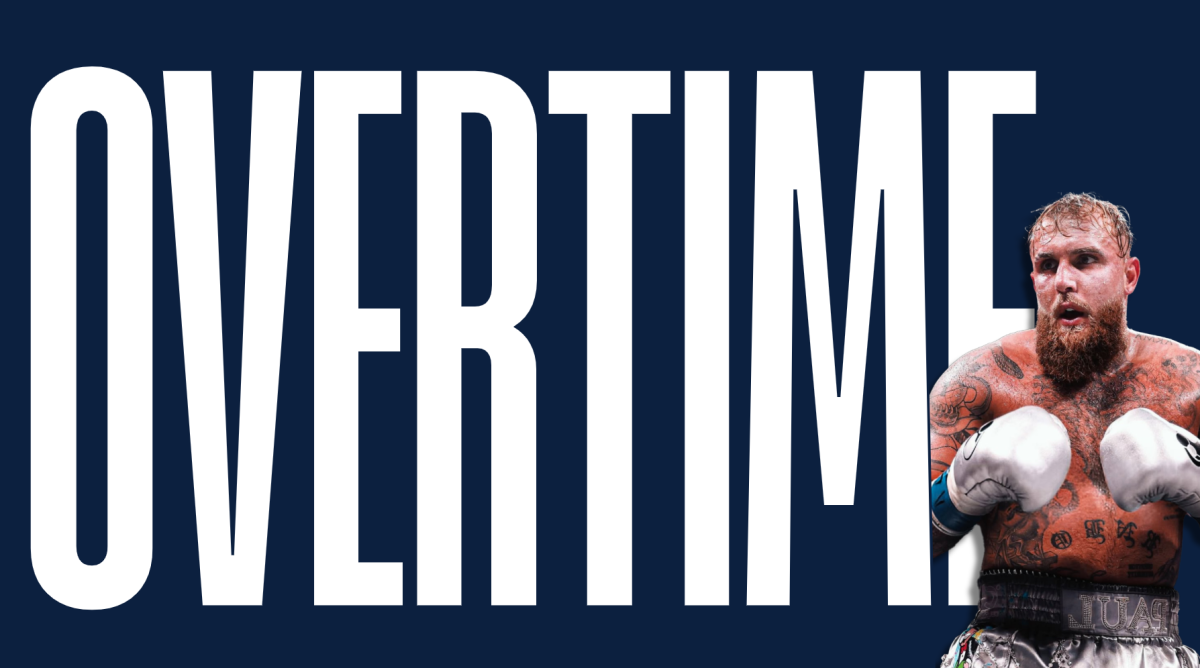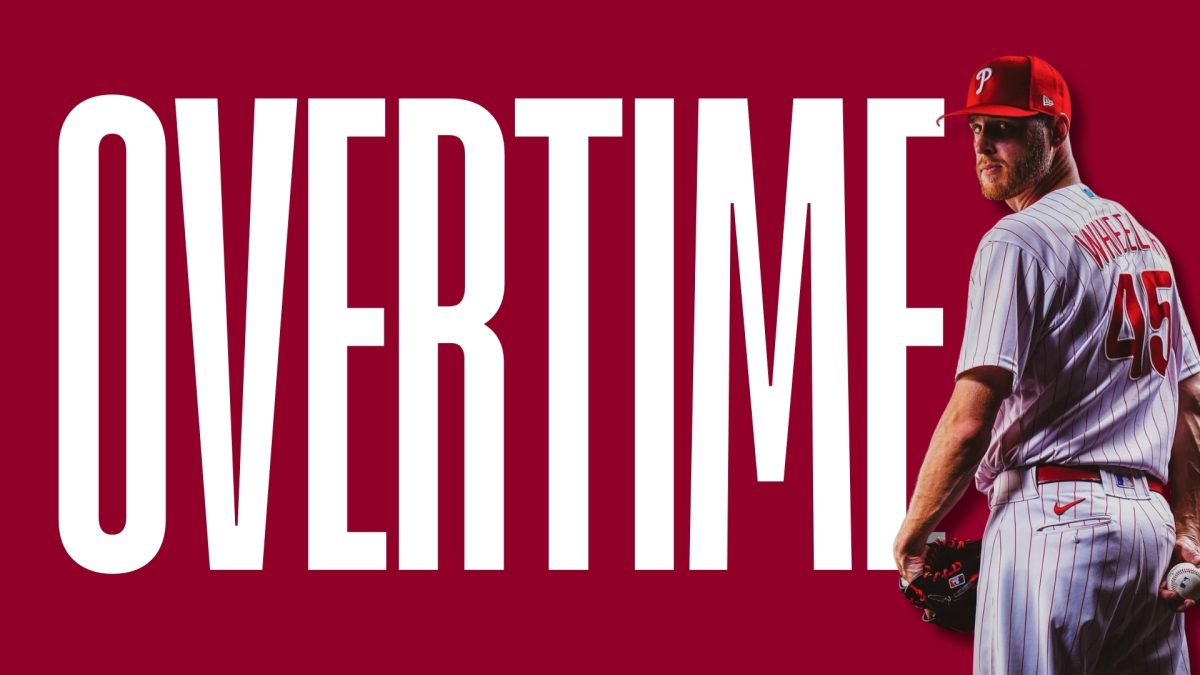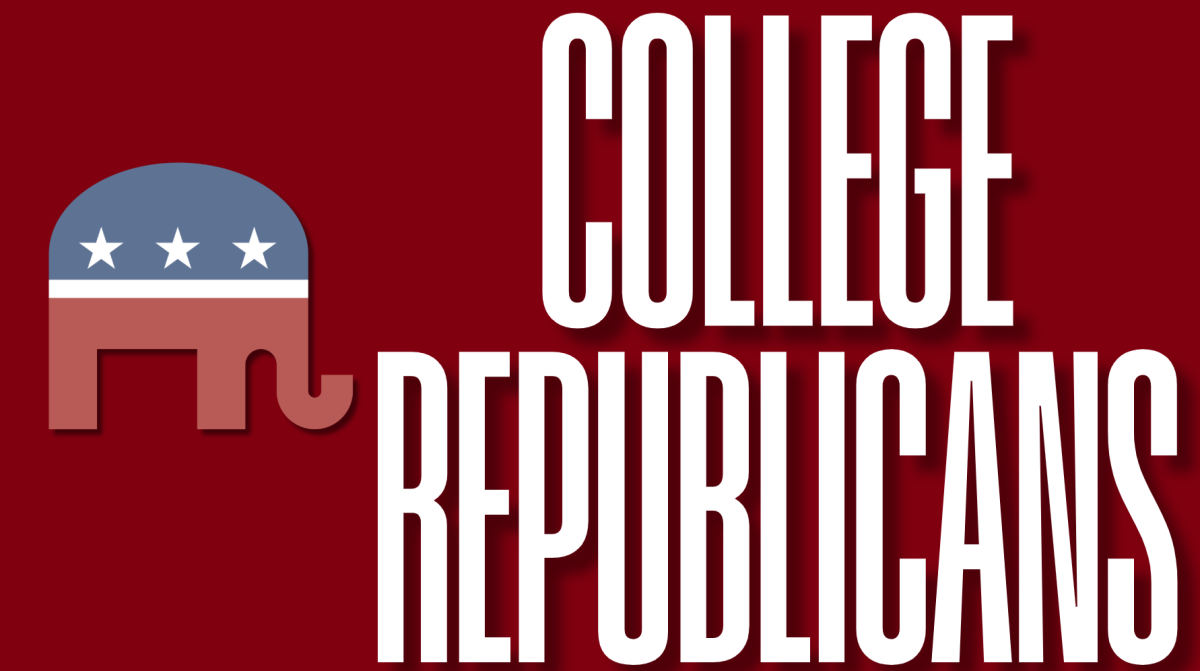Wearing pajamas to class isn’t necessarily the most professional choice for outside your home, especially if you were to consider how students would dress in the 1950s and earlier.
During that time, you’d typically find men wearing suits to class and slacks for leisure. Women typically wore blouses, skirts and jackets. By all means, the view of how students dressed in the post-World War II era is seen today as retro, classy and chic.
Fast-forward to today, and you have much more variability. More personalized statements of who you are, what you do and how you want others to perceive you are exemplified in what you wear. You might go to class in athletic wear so you can go straight after to the gym, a dress shirt and khakis because you came to class from your internship or job or maybe you wear an expensive watch or vintage t-shirt you thrifted to make a statement about your taste.
More often than not, when you get dressed in the morning, you typically do it with a purpose. Whether it’s to be presentable for an interview, relaxed so you can get through your 8:30 a.m. or to hone into a style that gives you pride and makes you feel comfortable in your own skin; that first decision you make says a lot about who you are. At the very least, it says who you are on a given day.
But everyone has mornings when they’re running late and don’t have time to put together an outfit or think about whether or not colors match. On those days, what you wear doesn’t exactly match you. This, and other factors, could explain why that guy in the back of your class is wearing Christmas-themed pajama bottoms to your afternoon theology class in April.
Sometimes students just enjoy the no-nonsense approach of not thinking much about what they’re wearing and copy what they see other people wearing on campus. It makes their day and life easier and it works for them.
These instances and rationales highlight how the way you dress ties into concepts of uniformity and variability, both being things that college is all about.
However, some students might not be actively conscious of why these concepts tie into how they dress because they’re dressing similarly to how they did before they came to college.
The concept of having worn a uniform to middle or high school might have an impact on how your friends dress in college. The National Center for Education Statistics determined that for the 2019-20 school year, 18.8% of public schools required students to wear uniforms. But the rationale for uniform standards goes deeper than the student view that they’re in place to make school feel more like a prison.
The California Learning Resource Network has made arguments in favor of policies that require students to wear uniforms when attending school. One of the group’s main arguments is that when students focus less on what they or their peers are wearing, they focus more on their studies and extracurricular activities.
The National Association of Elementary School Principals has also stated on its website that in a survey of principals in the United States, uniform codes have positively impacted student success. The survey reported that “Sixty-four percent of principals said uniforms positively impacted student achievement at their school, and 77 percent said uniforms helped boost school pride.”
But, wearing uniforms to class isn’t an American concept, especially since other countries value the practice. For instance, Japanese students who have been required to wear uniforms experienced positive impacts like visible economic differences among students being eliminated, promotion of inclusivity and comfort and students feeling more unified with one another.
Simply put, some students might dress similarly in college to how they did before because they recognize value in it. But if Fordham University administrators were to ever decide that students should be required to wear uniforms because of potential benefits it may have, there would be outrage. After all, part of the argument for going to college is to grow and thrive as a person, and part of that is finding your individuality. This ties into how you dress.
In 2012, Forbes recognized the individuality of dress when it reported on a book by clinical psychologist Jennifer Baumgartner, Ph.D., who coined the term “psychology of dress.” Baumgartner made the case for how our fashion sense comes from the deeper meaning of who we are. “Shopping and spending behaviors often come from internal motivations such as emotions, experiences and culture,” Baumgartner wrote. This means that when you’re scrolling through Depop or searching through a rack at Nordstrom, you’re doing it because you are uniquely you.
This doesn’t mean that you’re better than people you see around campus because you exclusively wear Brunello Cucinelli cardigans or Ralph Lauren dress shirts. It also doesn’t mean you’re beneath other people because you strictly wear ripped jeans or enjoy wearing clashing colors.
What you wear tells the world more about where you’ve come from. There are people who wake up and thank God they don’t have to wear a uniform like they did before college, and put on the first shirt, pair of pants and shoes their hands touch. There are also people who plan out how they’ll dress every day of the week because they want to stay organized in their fashion.
The point is that regardless if you look like you just wrapped a GQ photoshoot, a much-needed nap or an afternoon at tea, what you wear is a reflection of your experiences, your current point of life and your personality.
Michael Duke, GSB ’26, is a business administration major from Scottsdale, Ariz.

